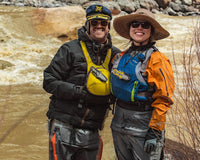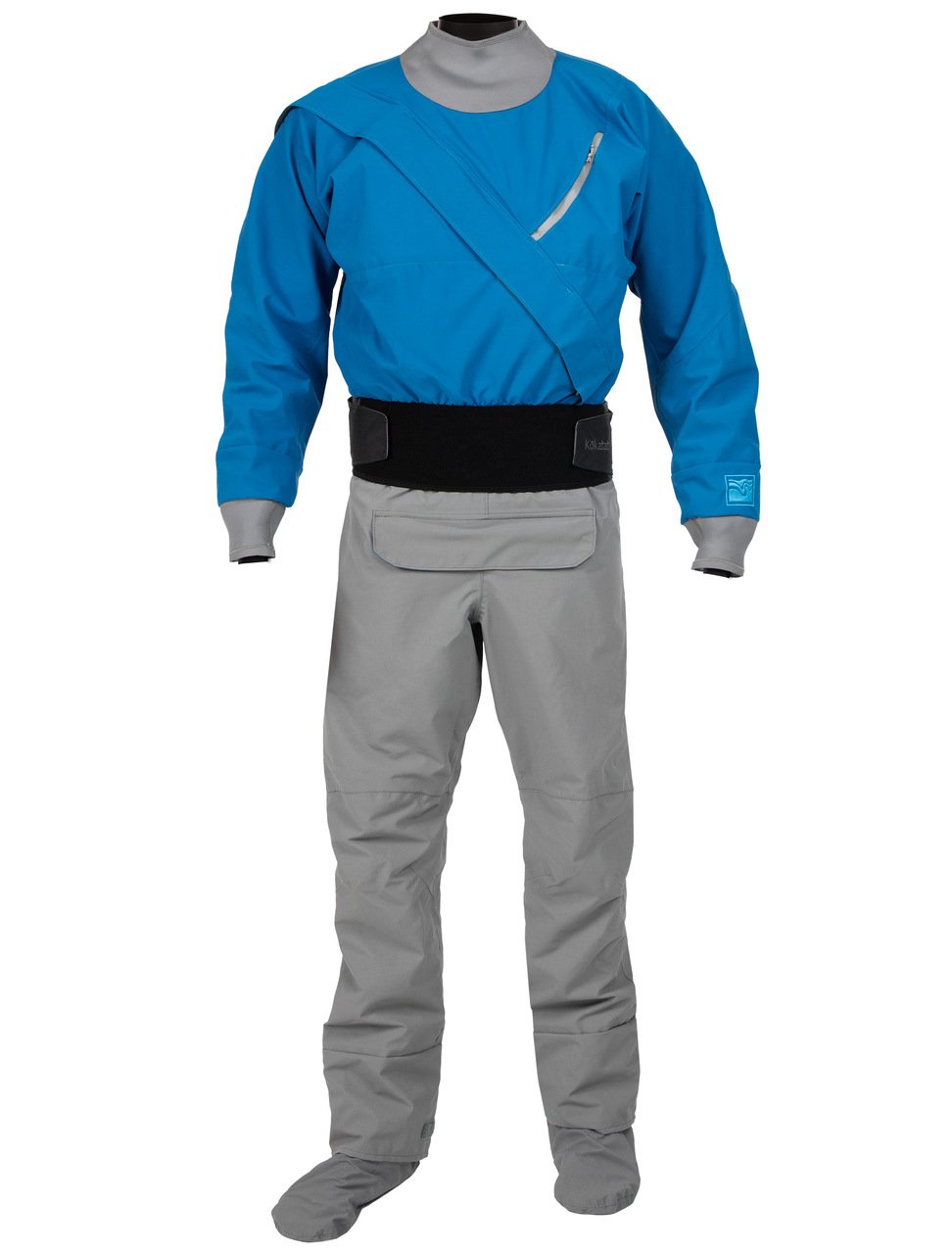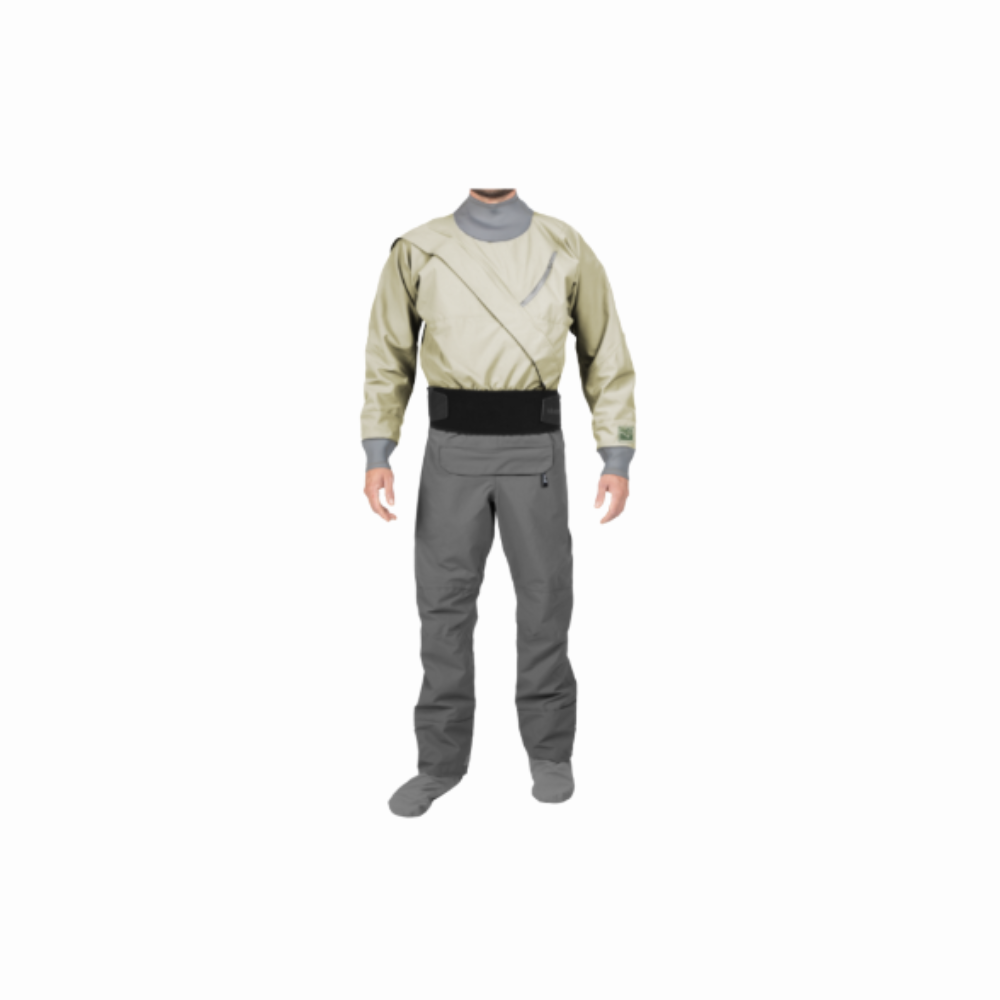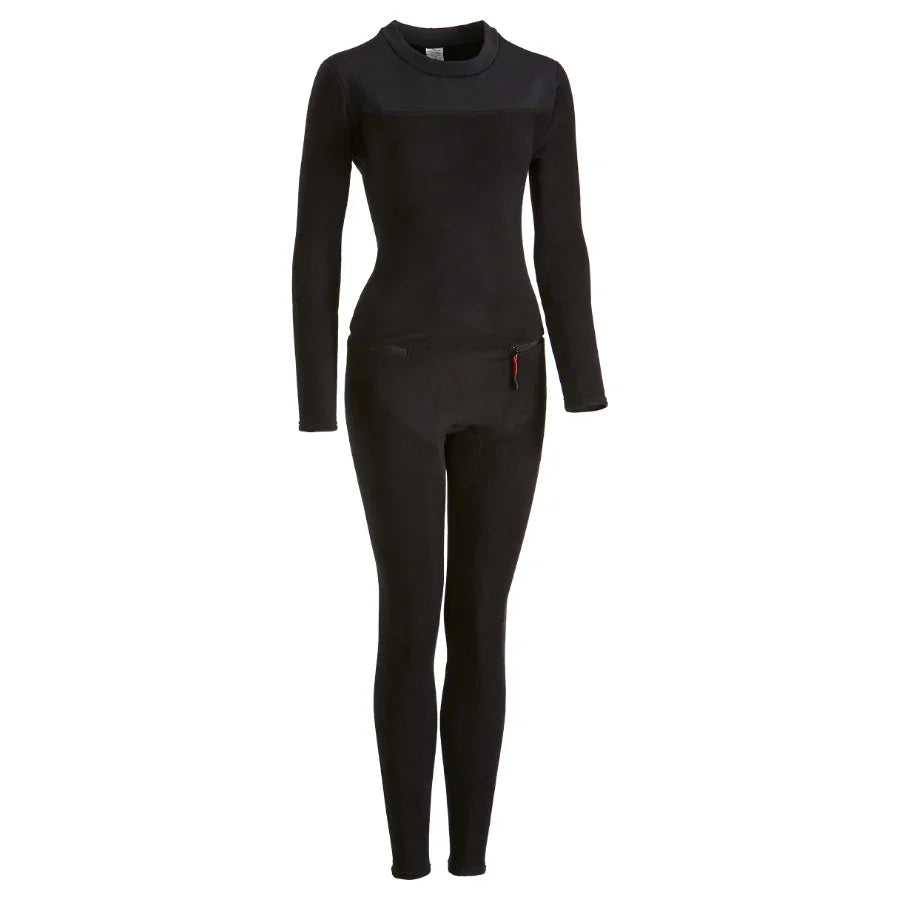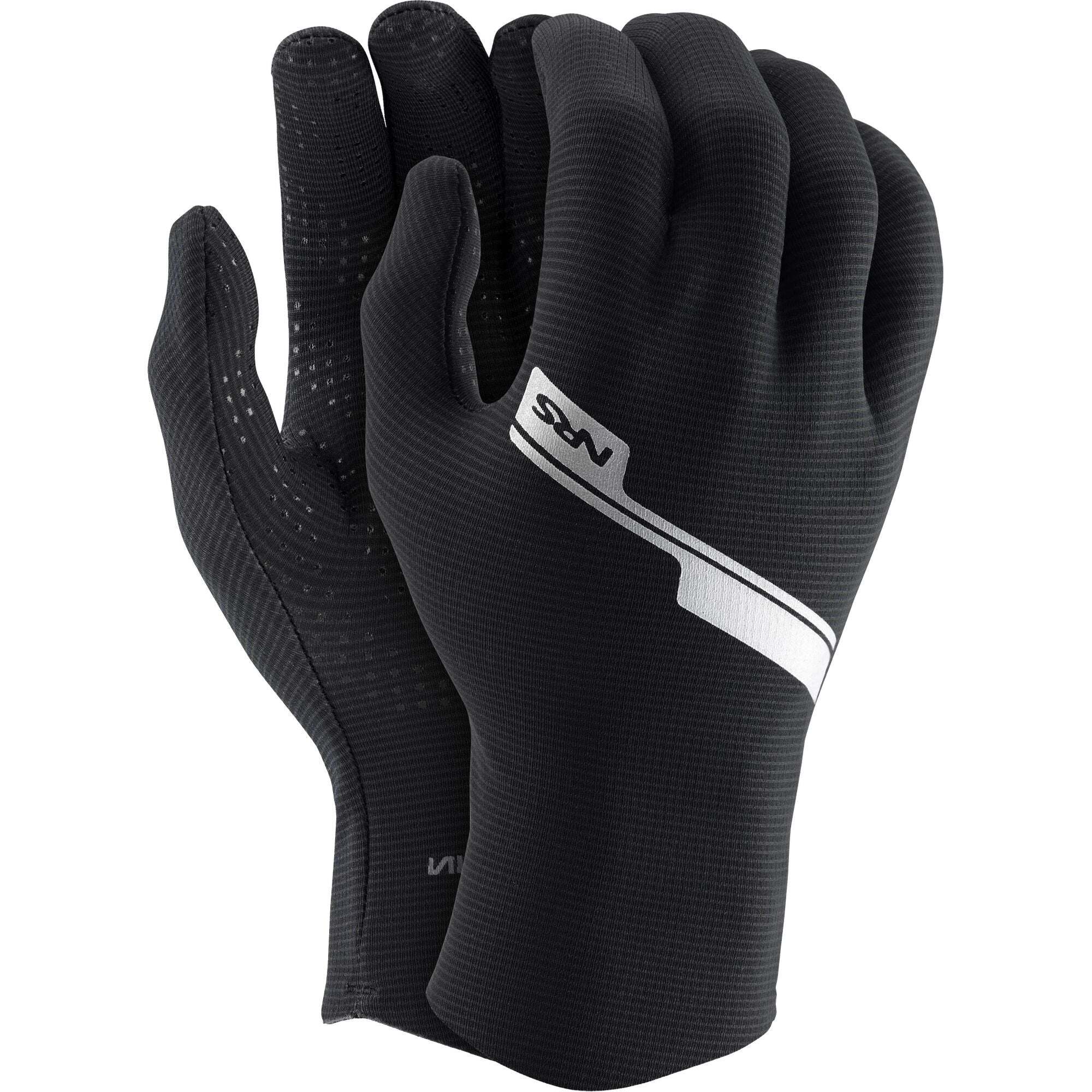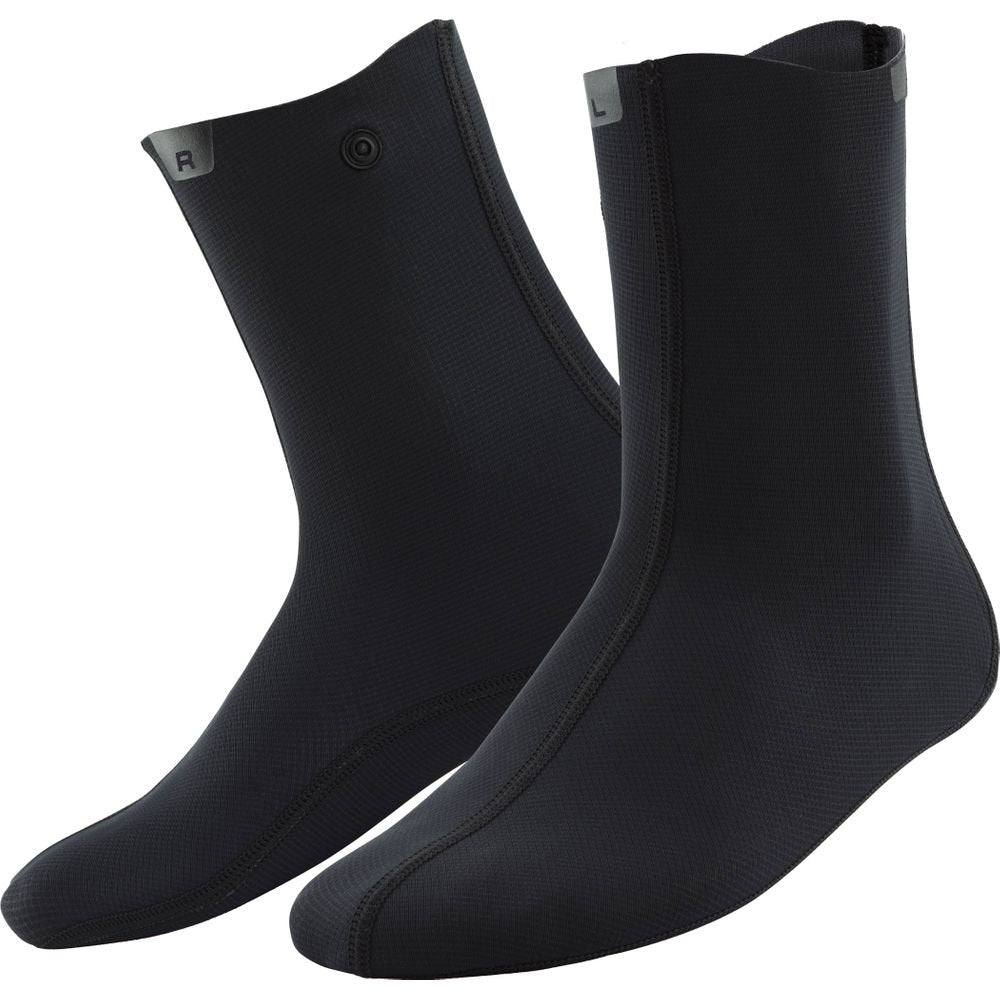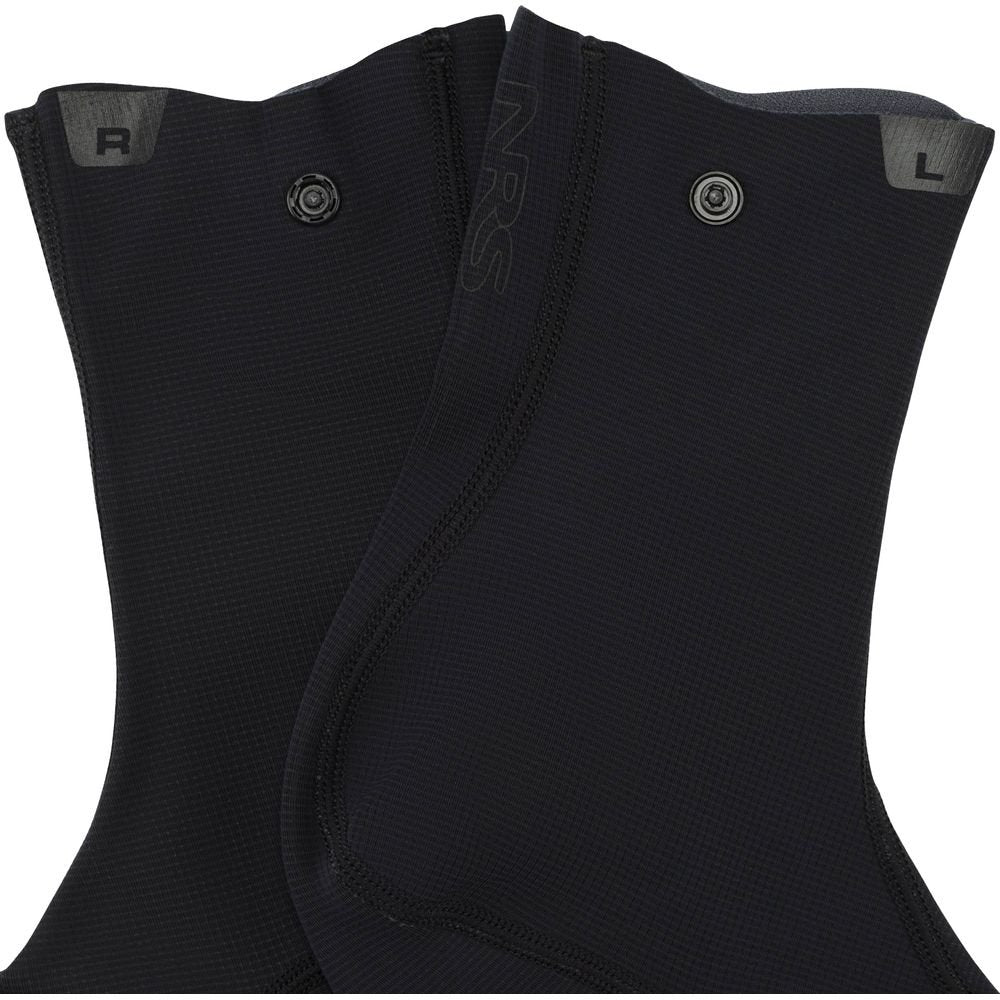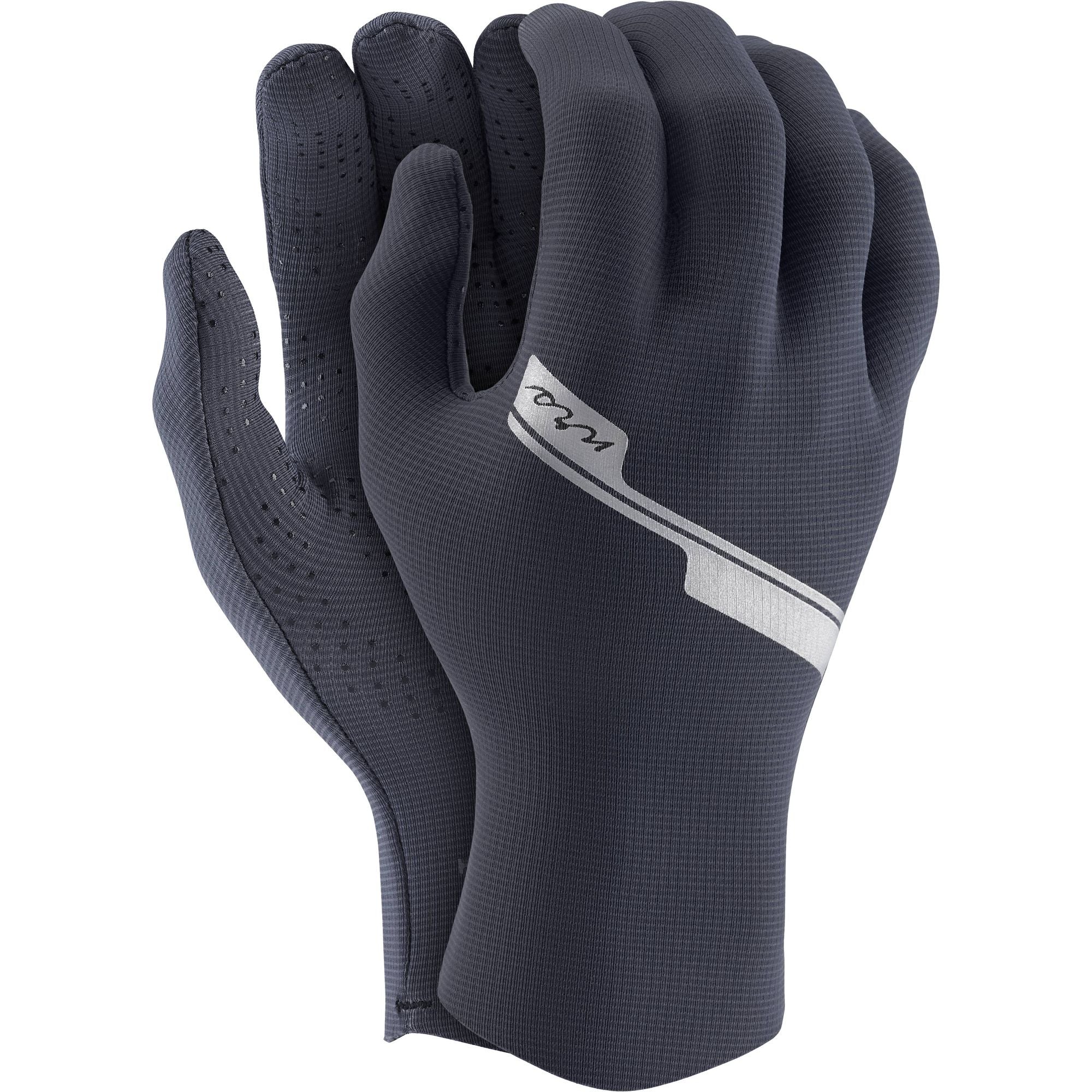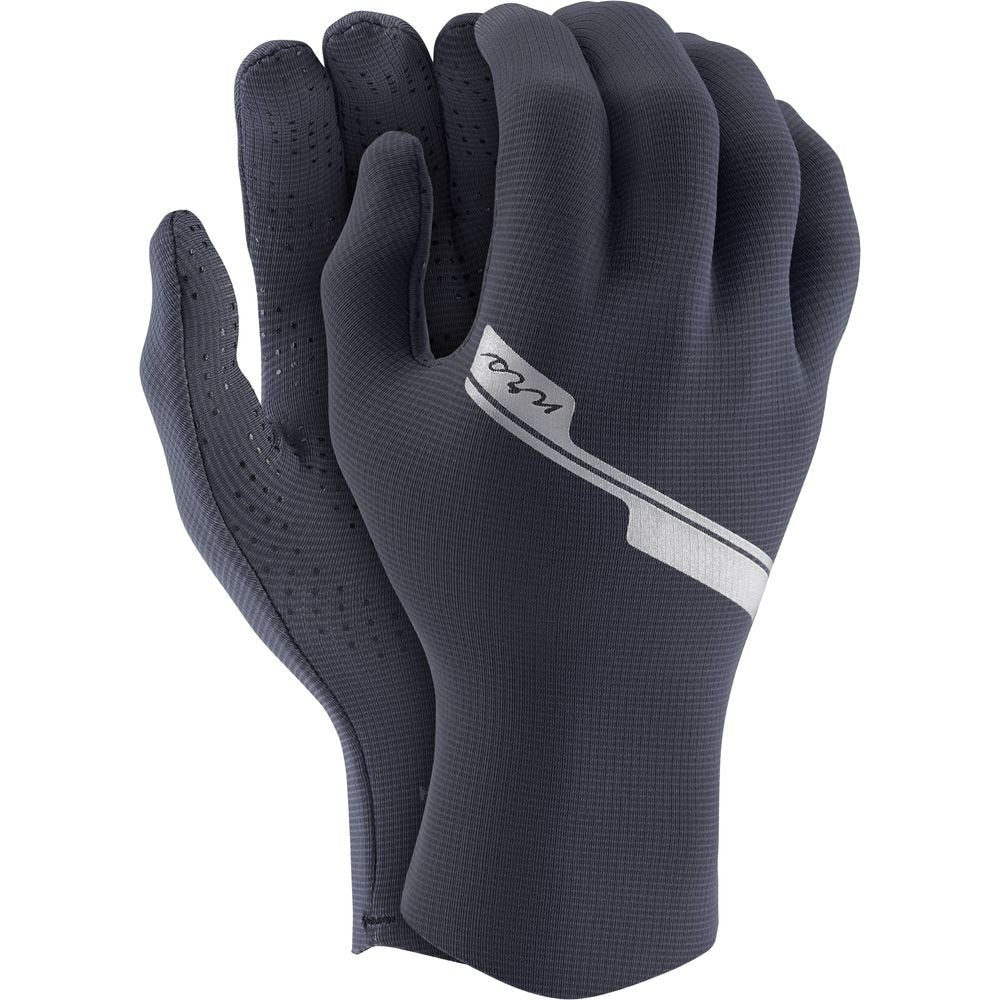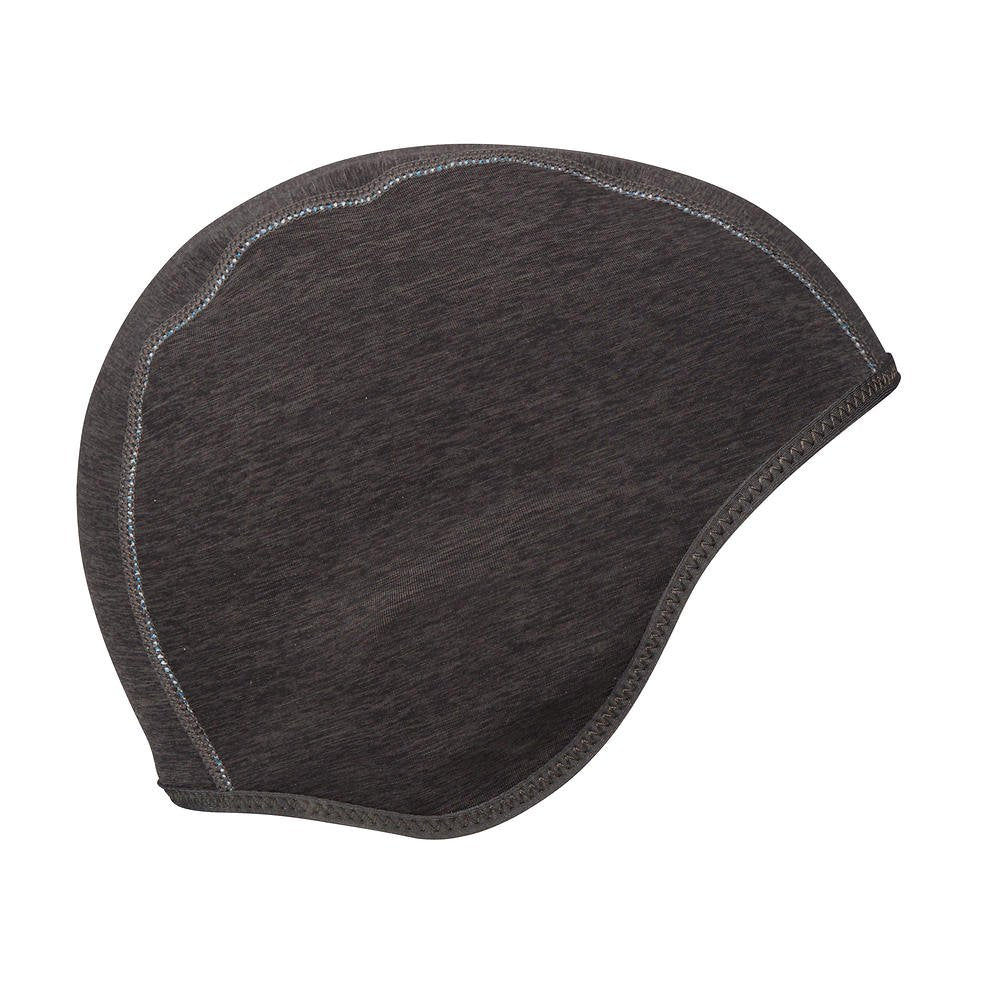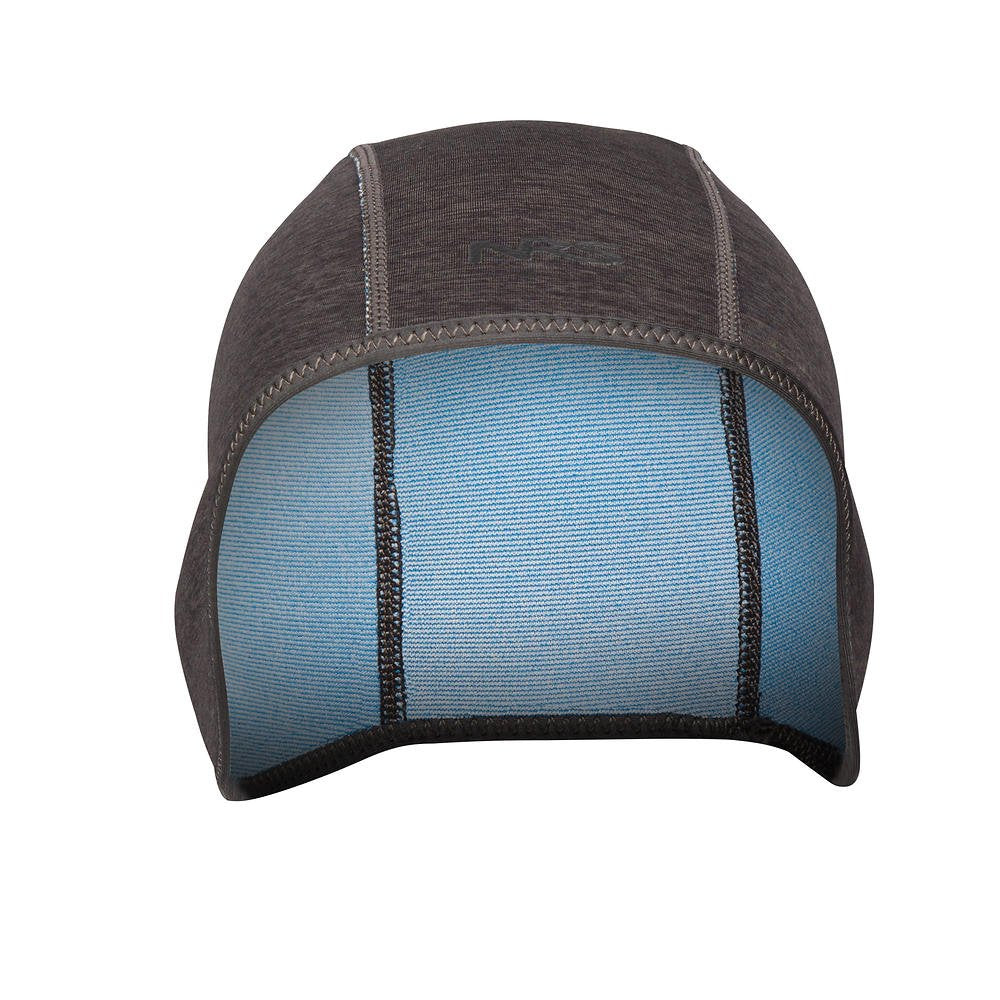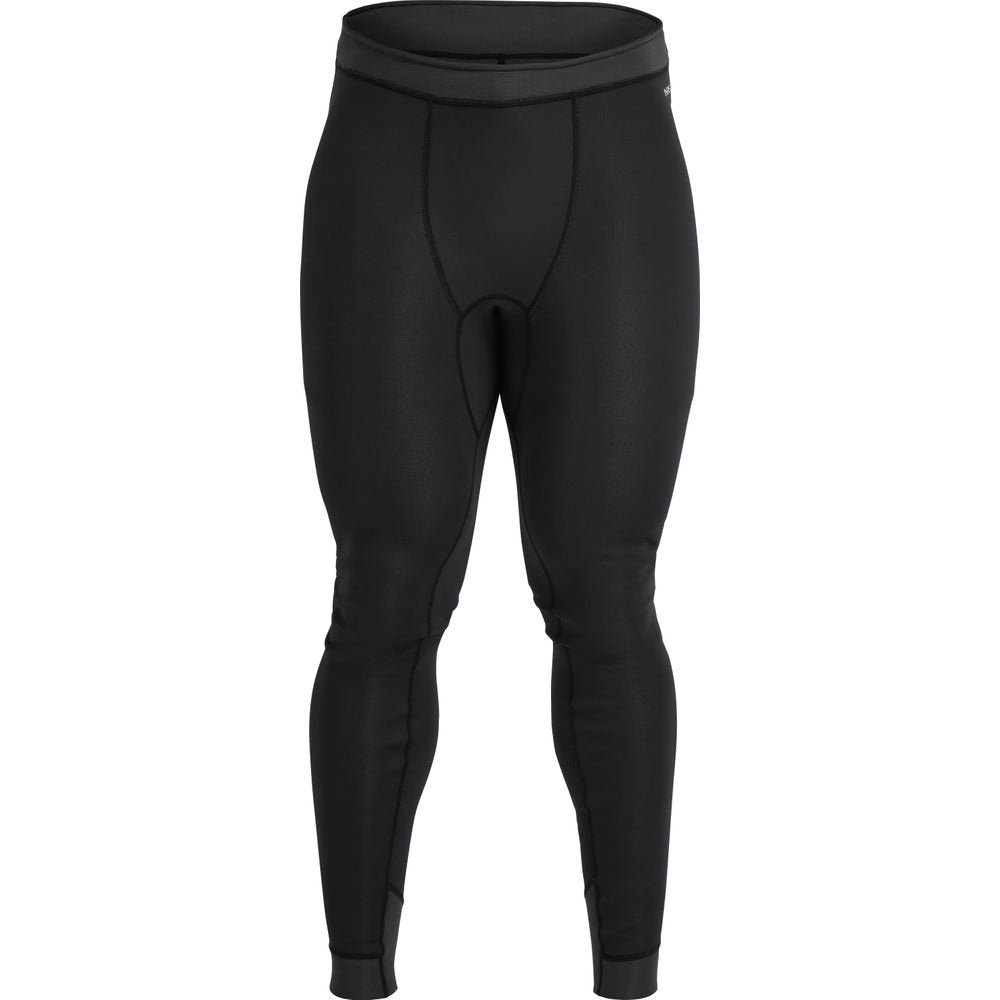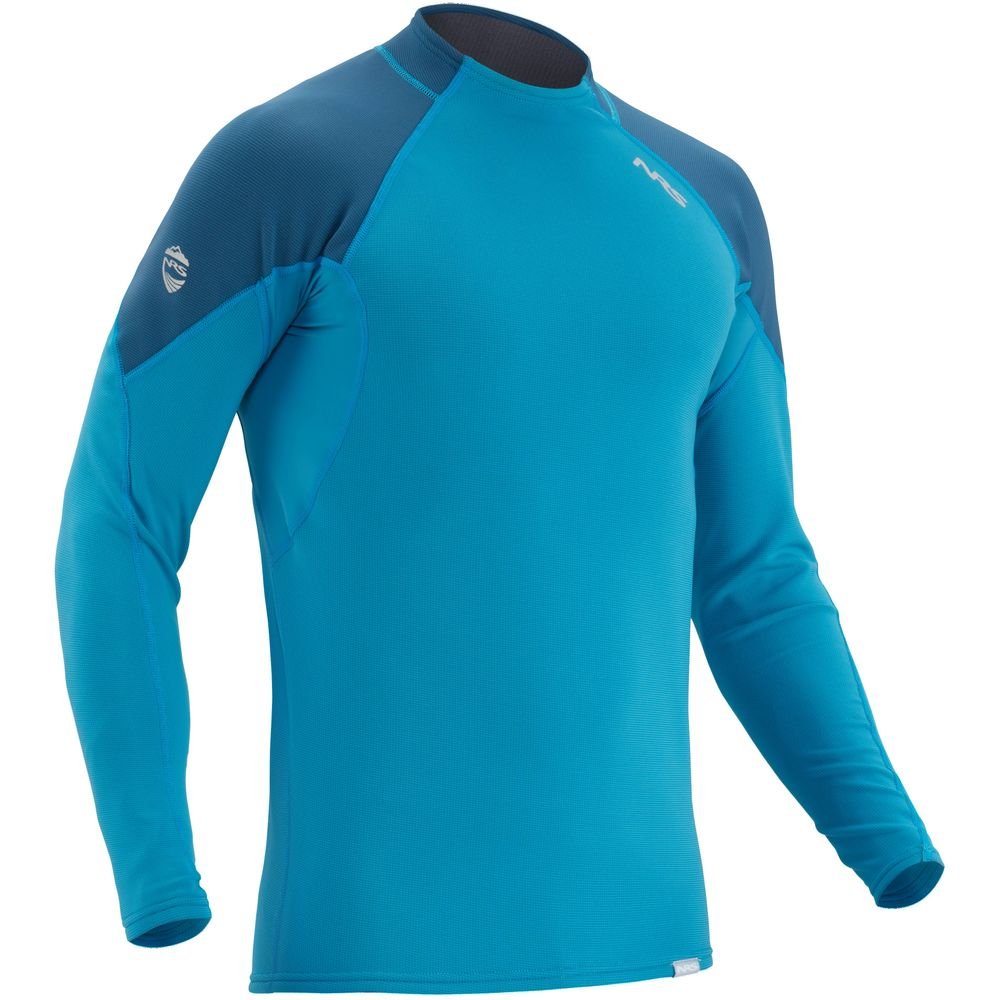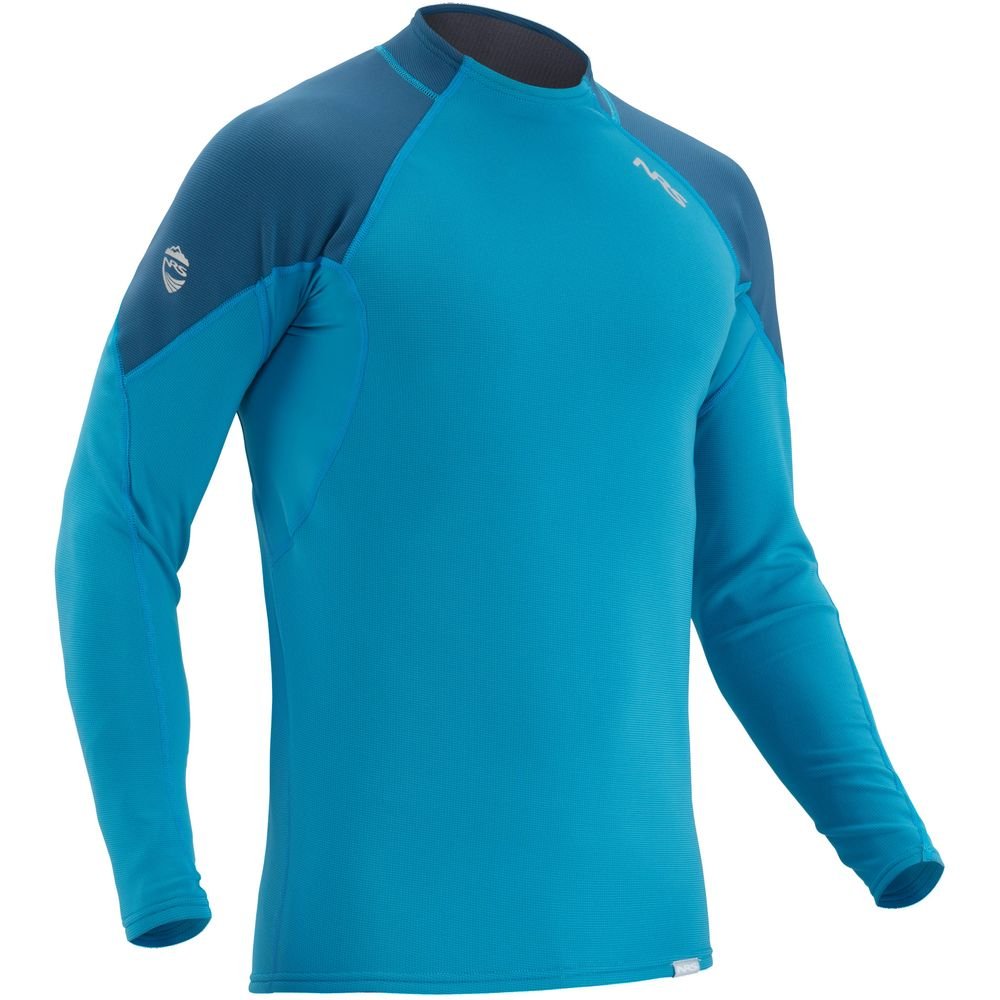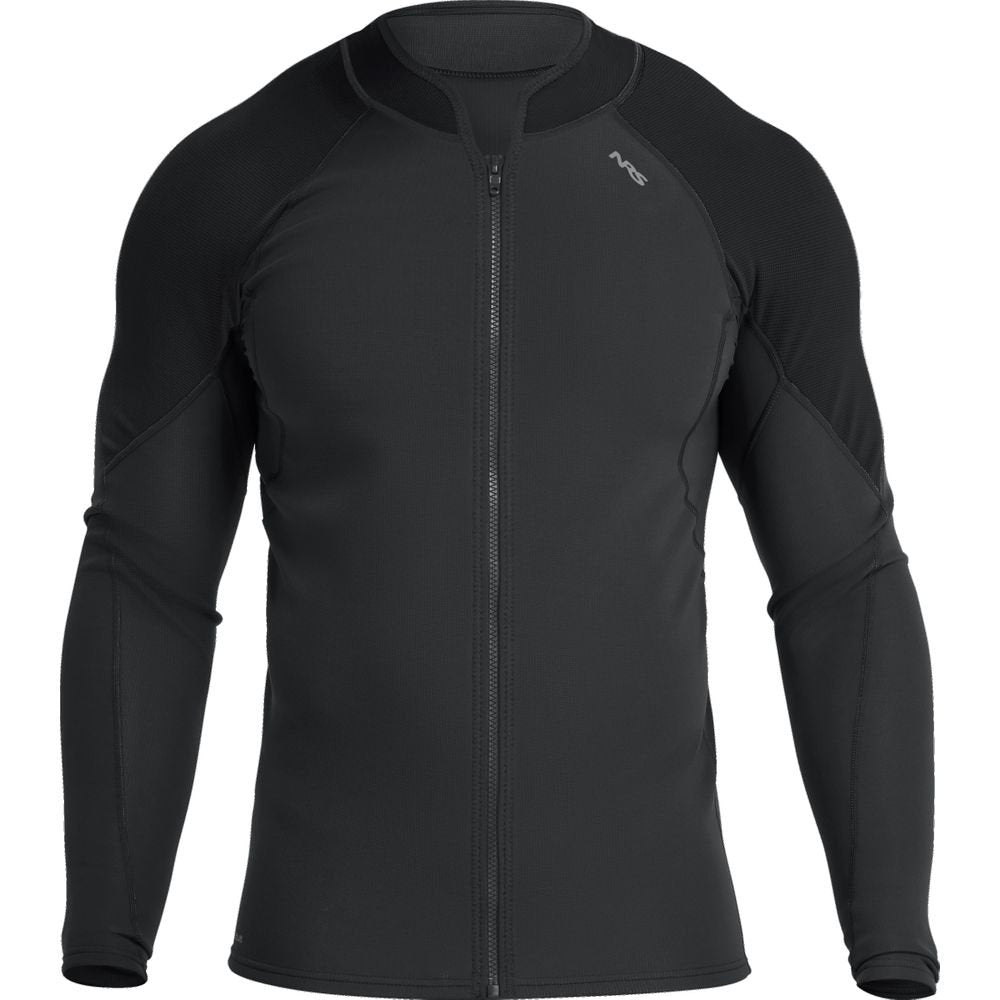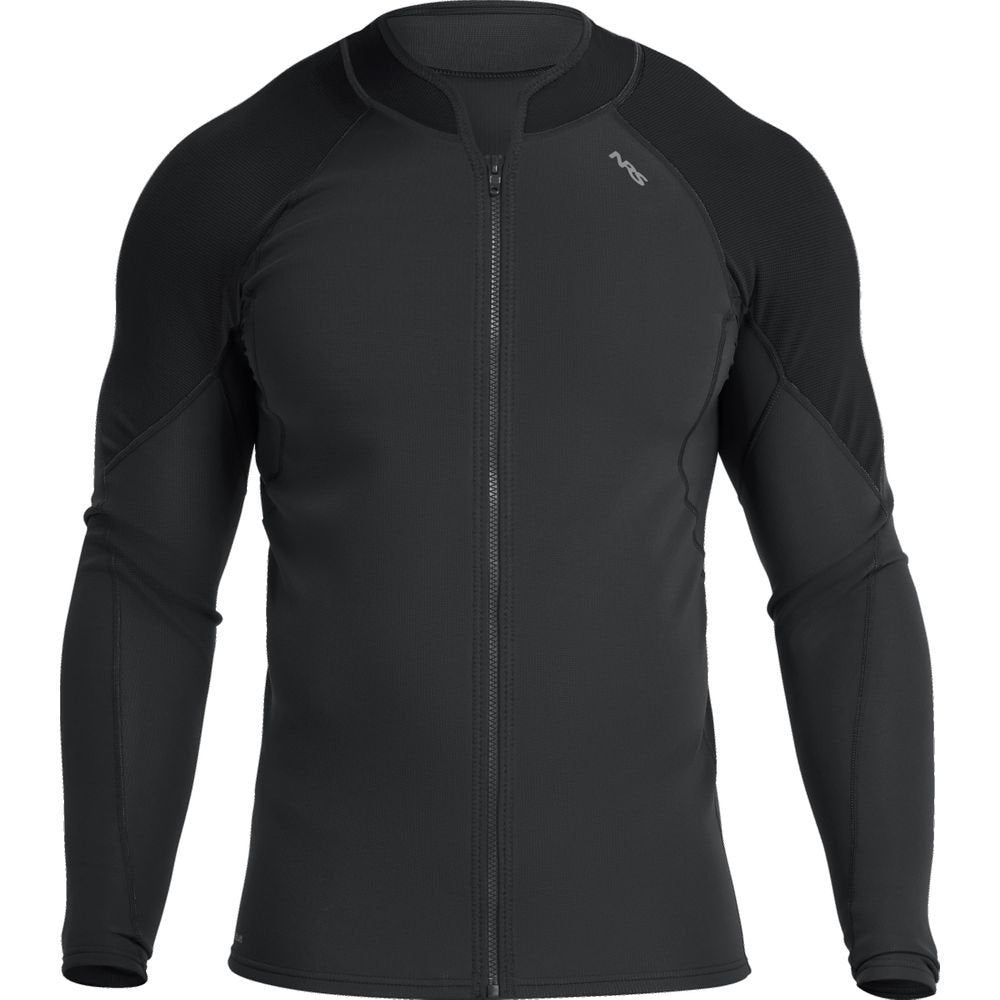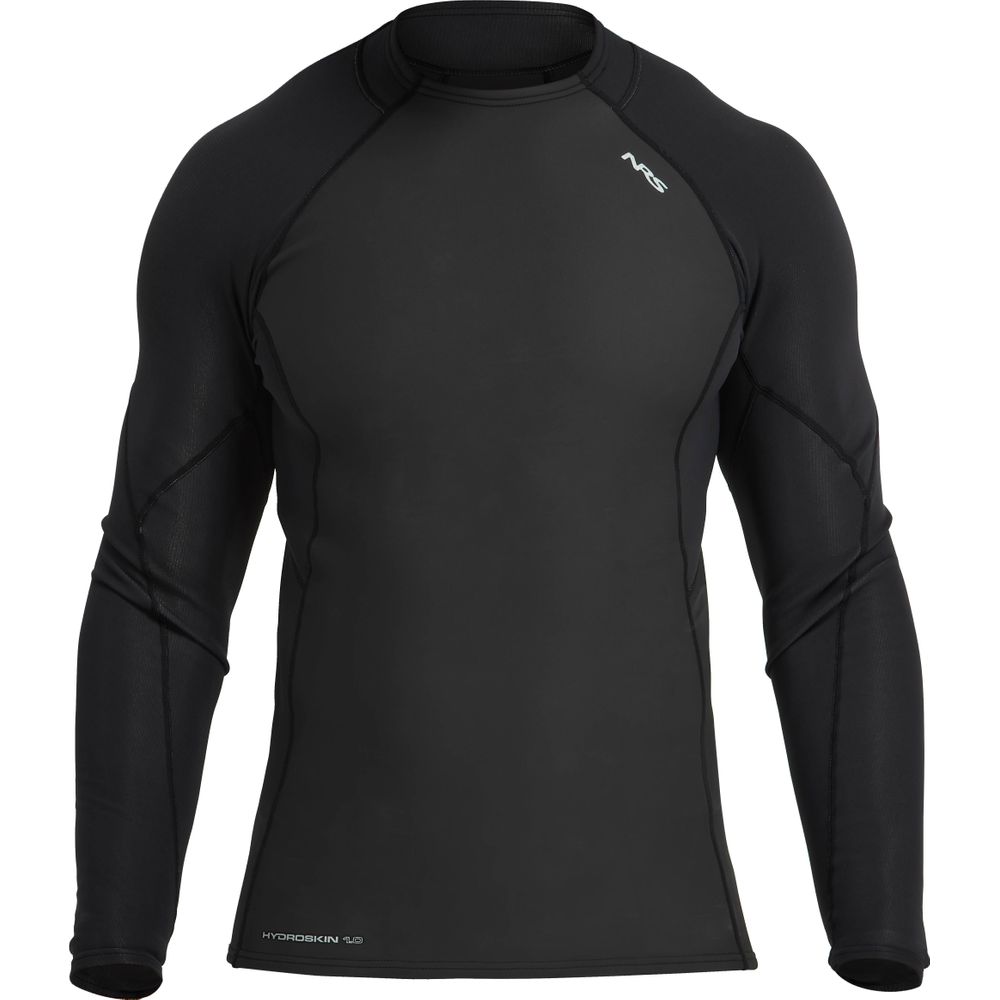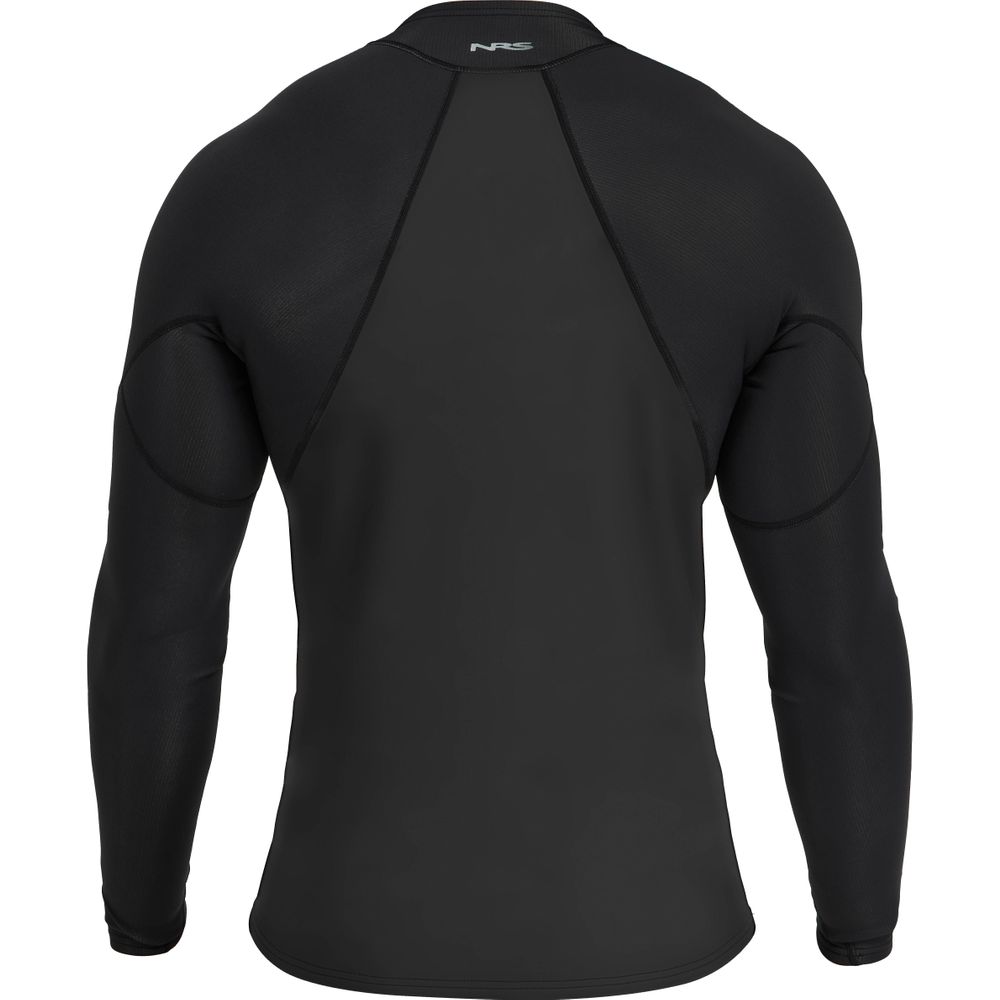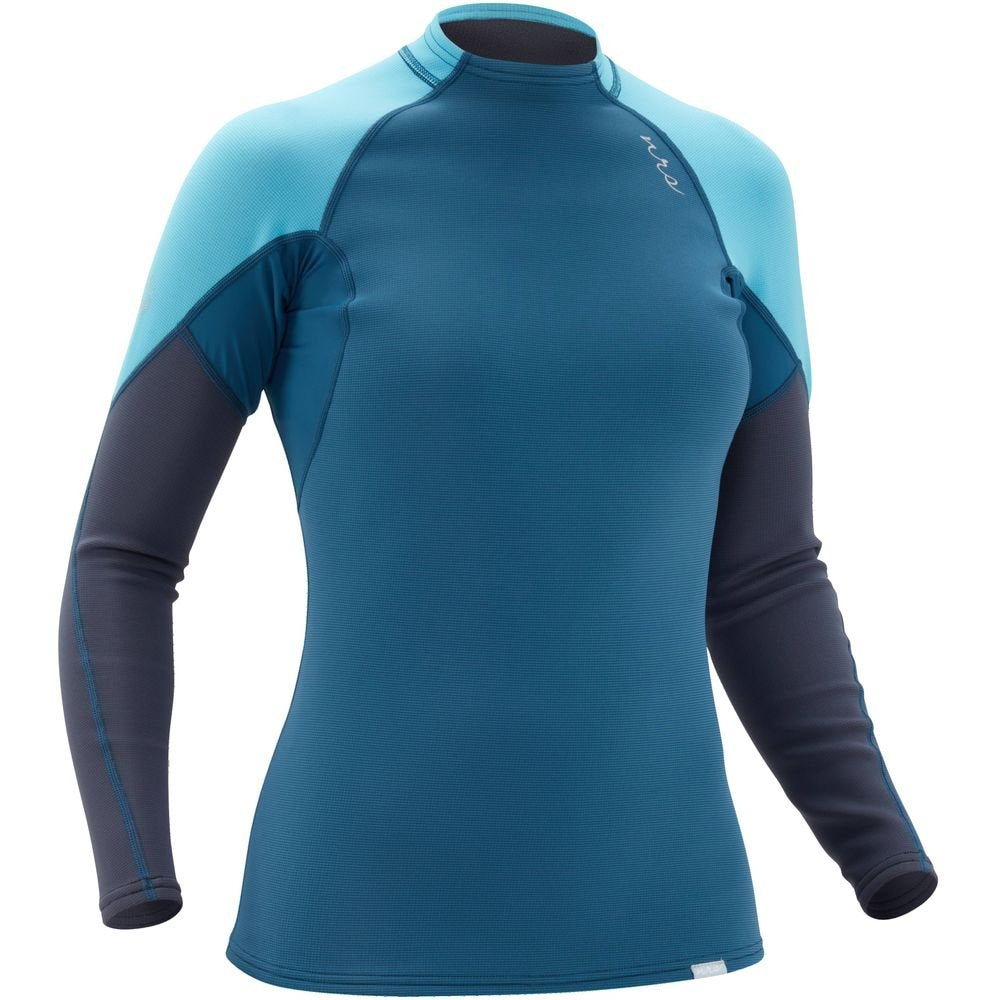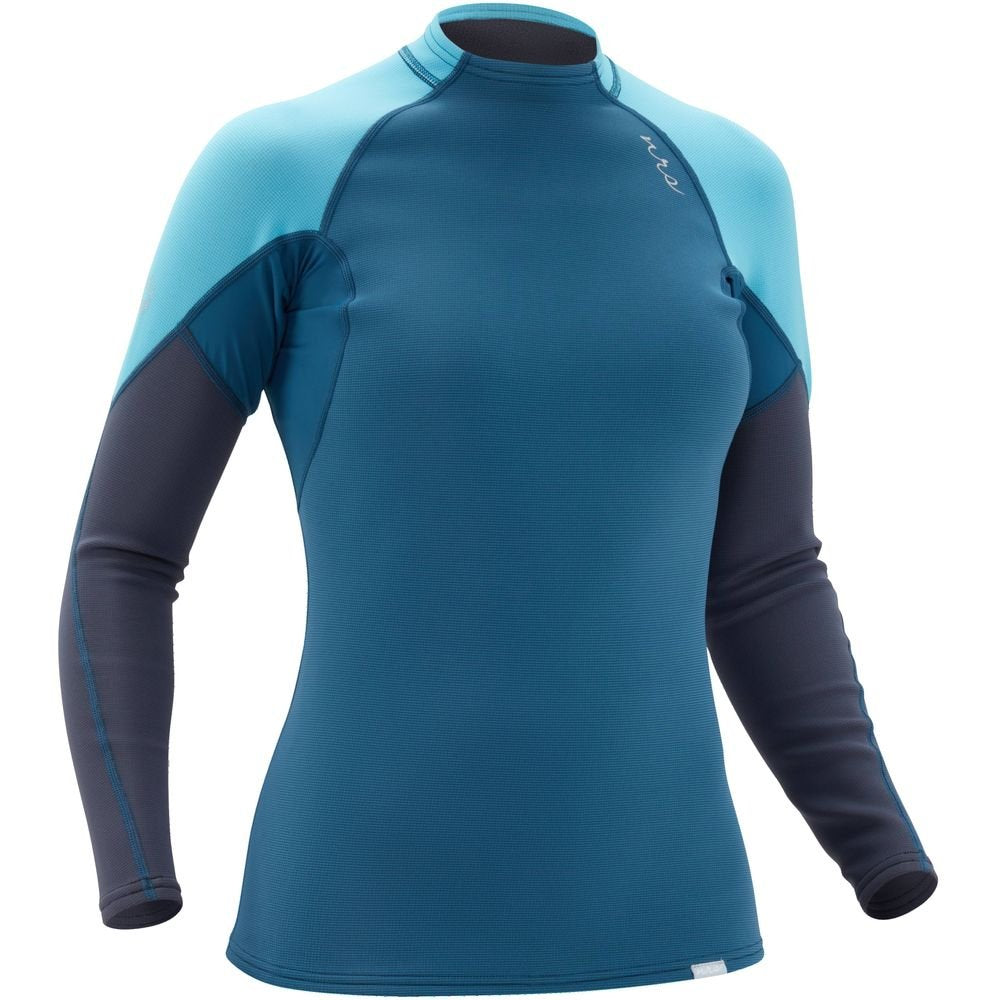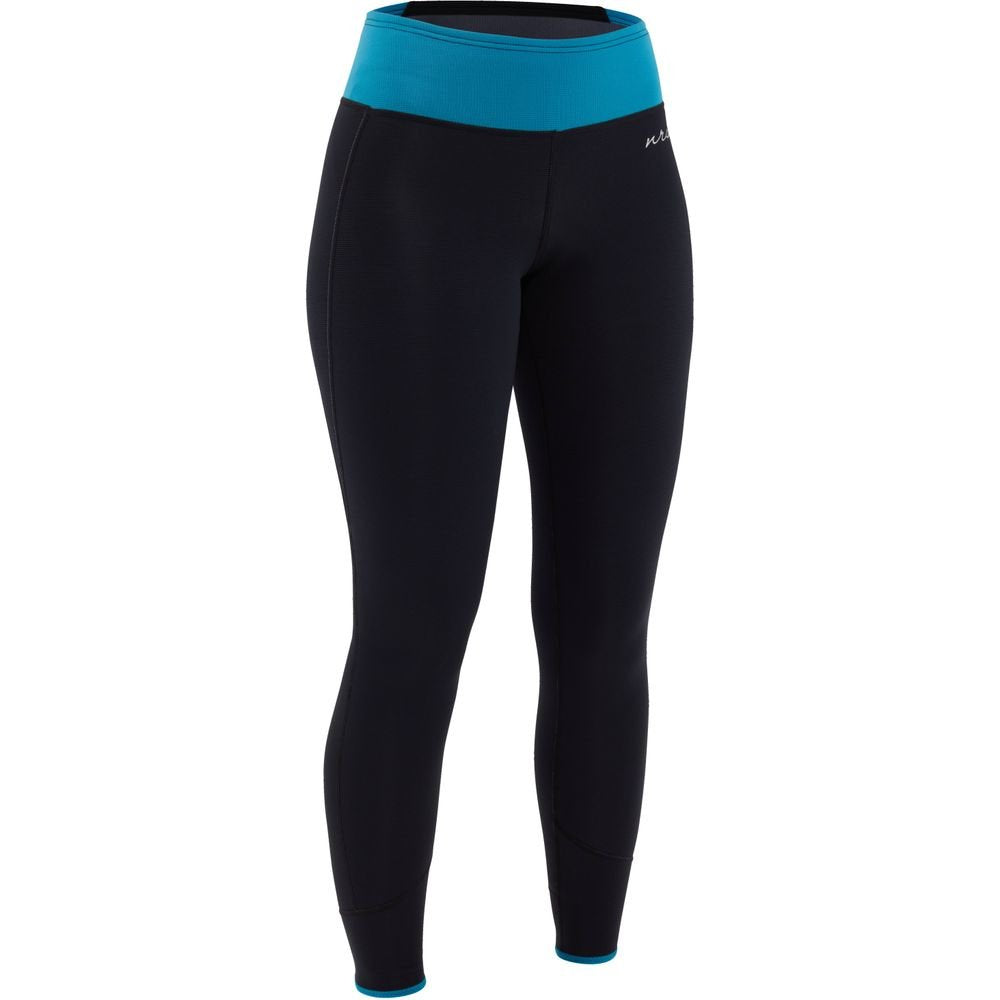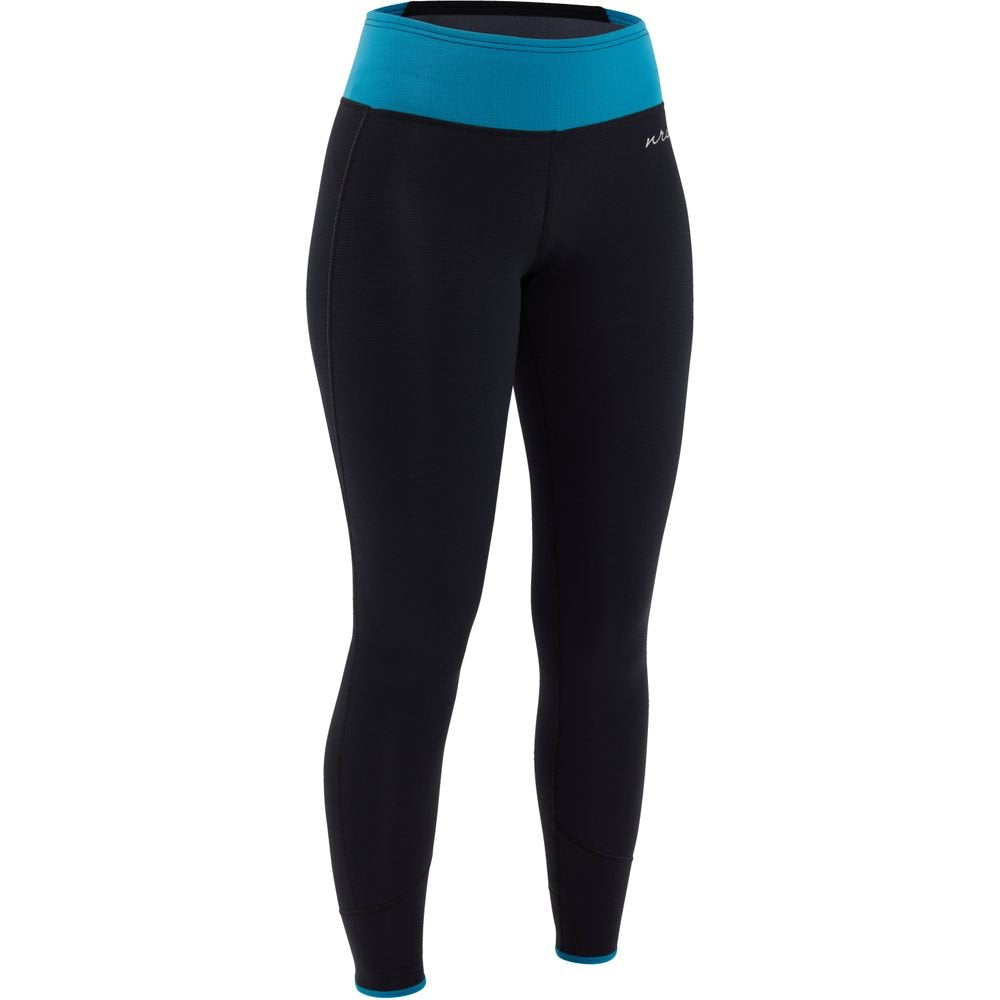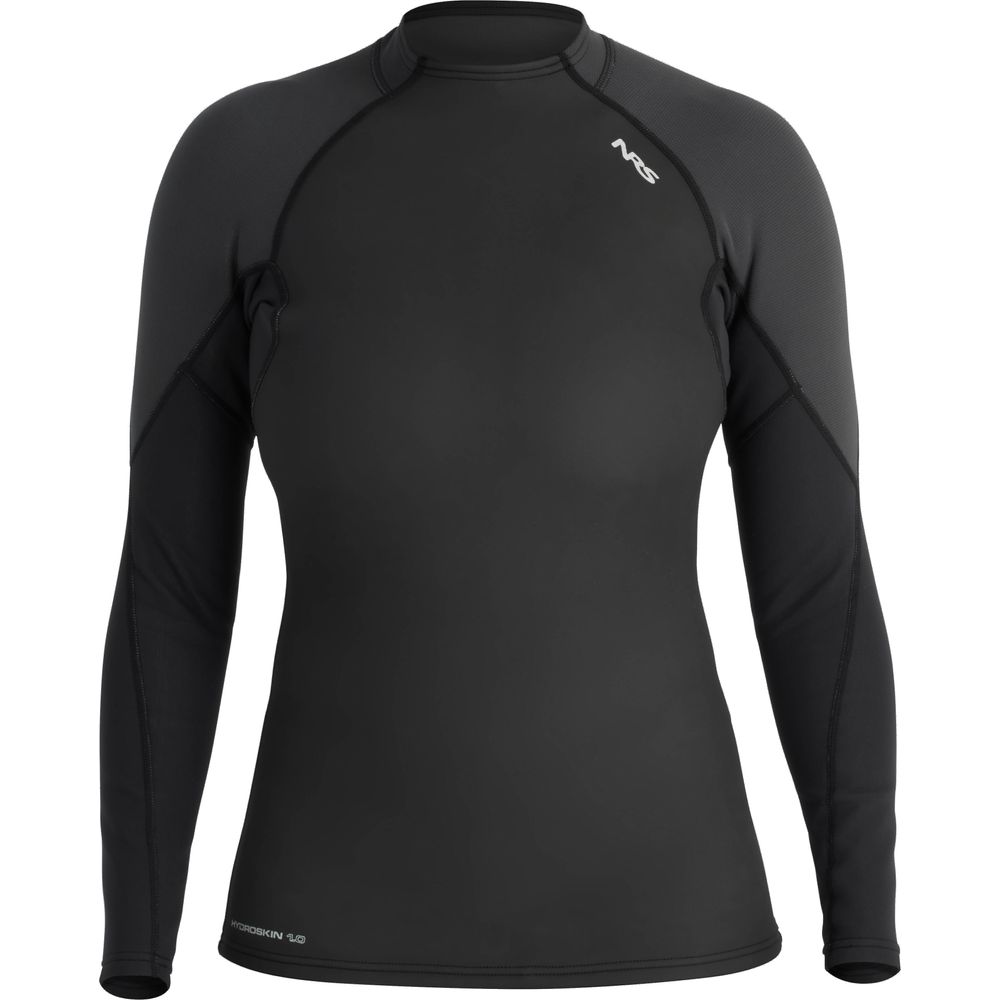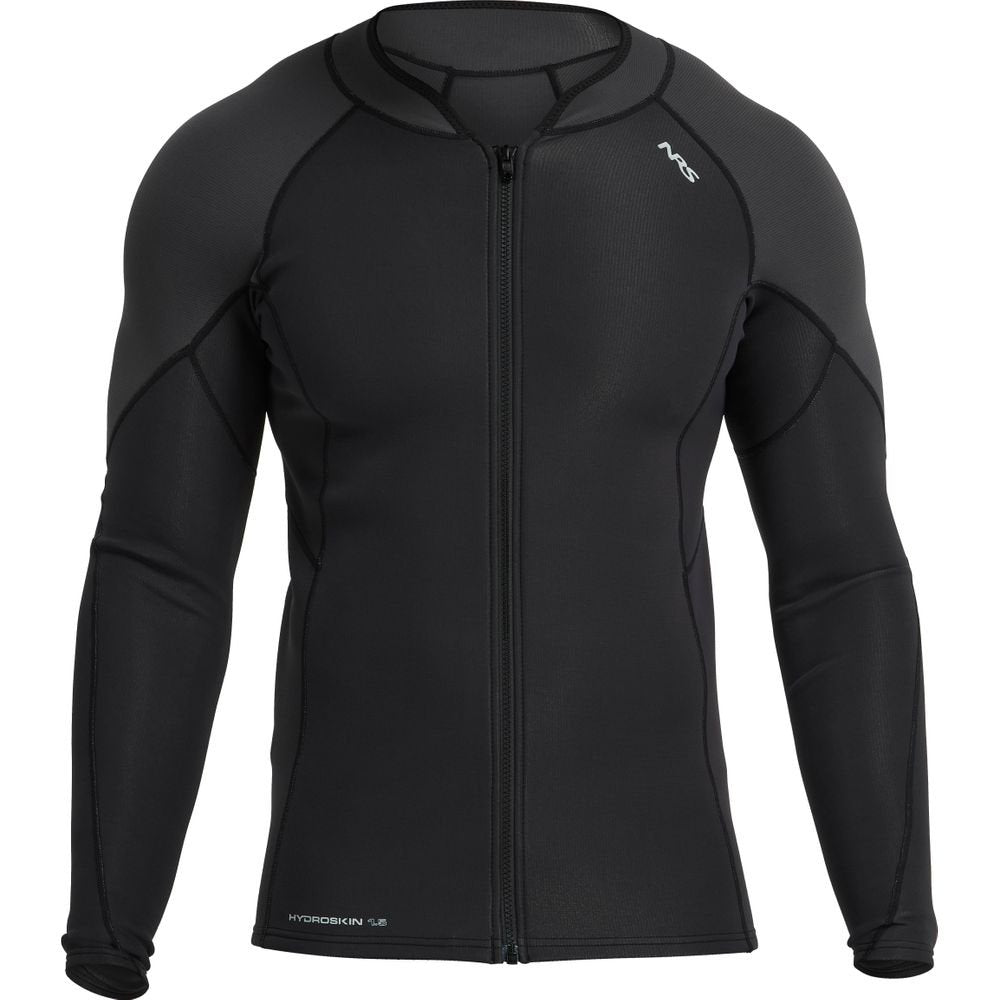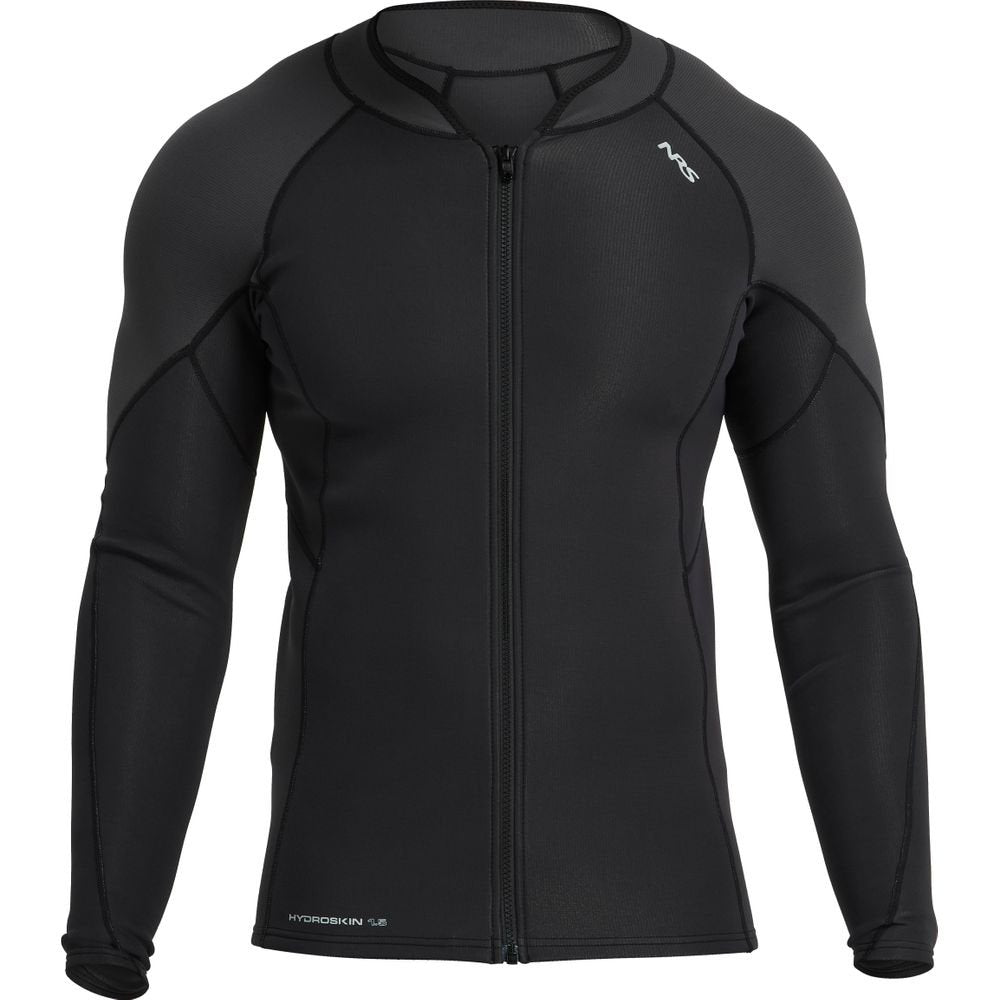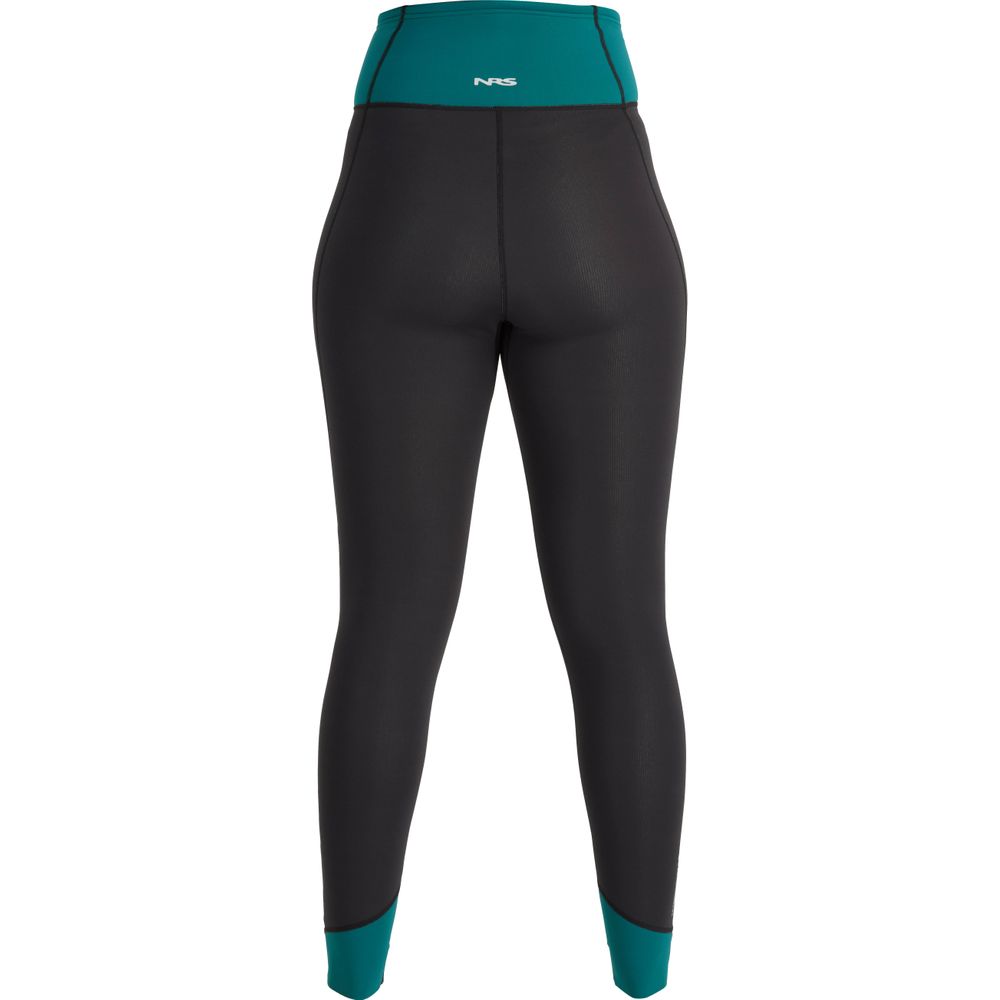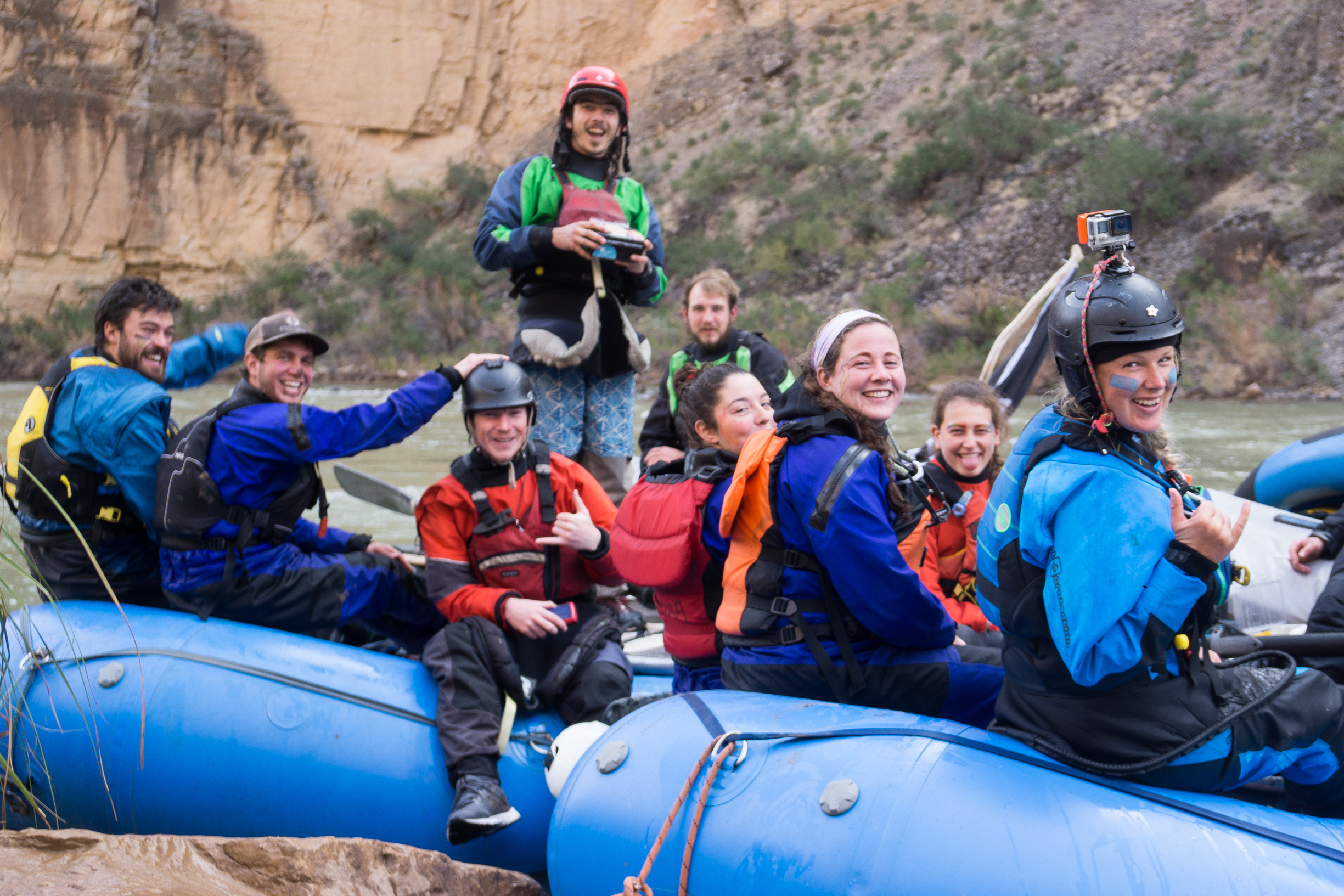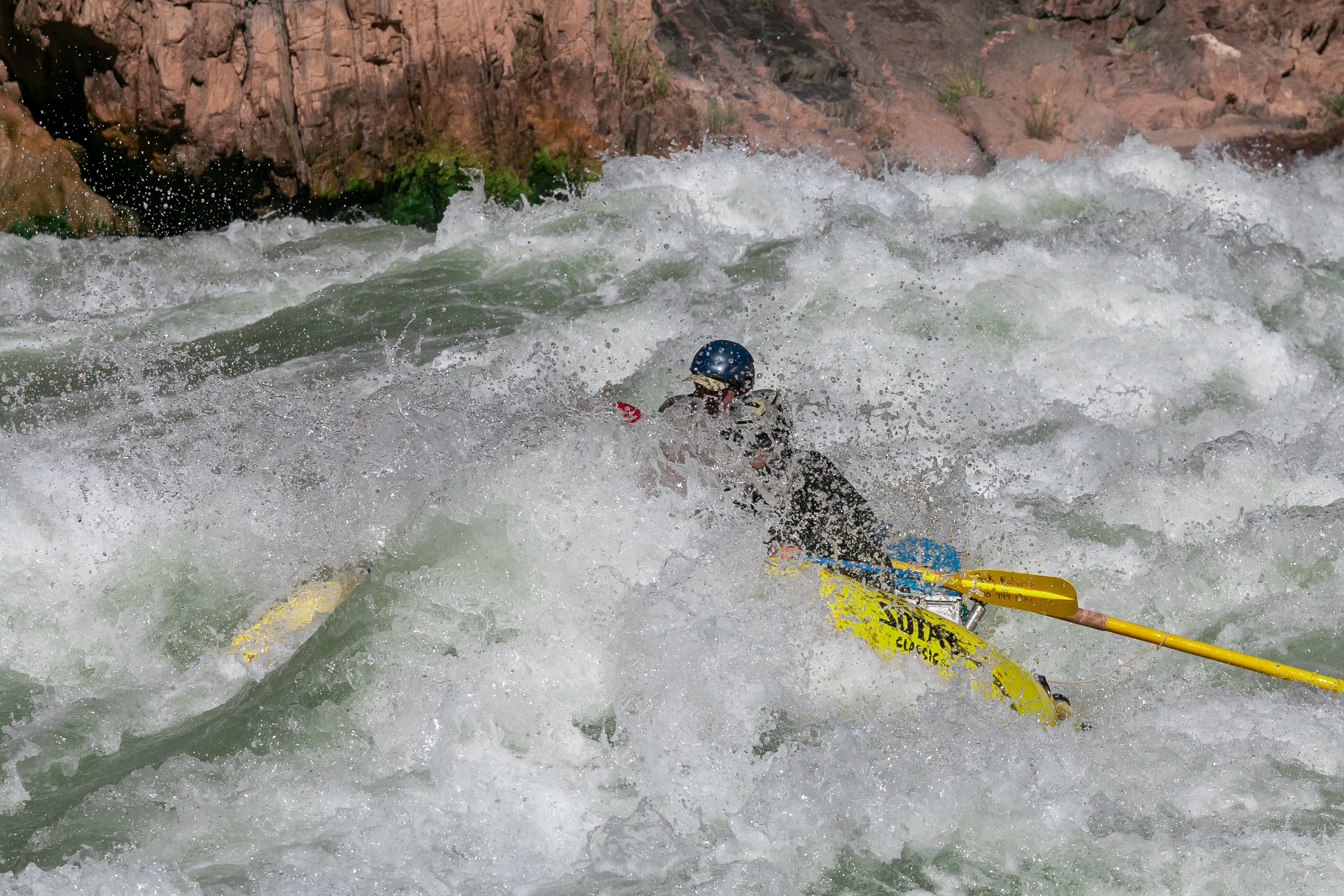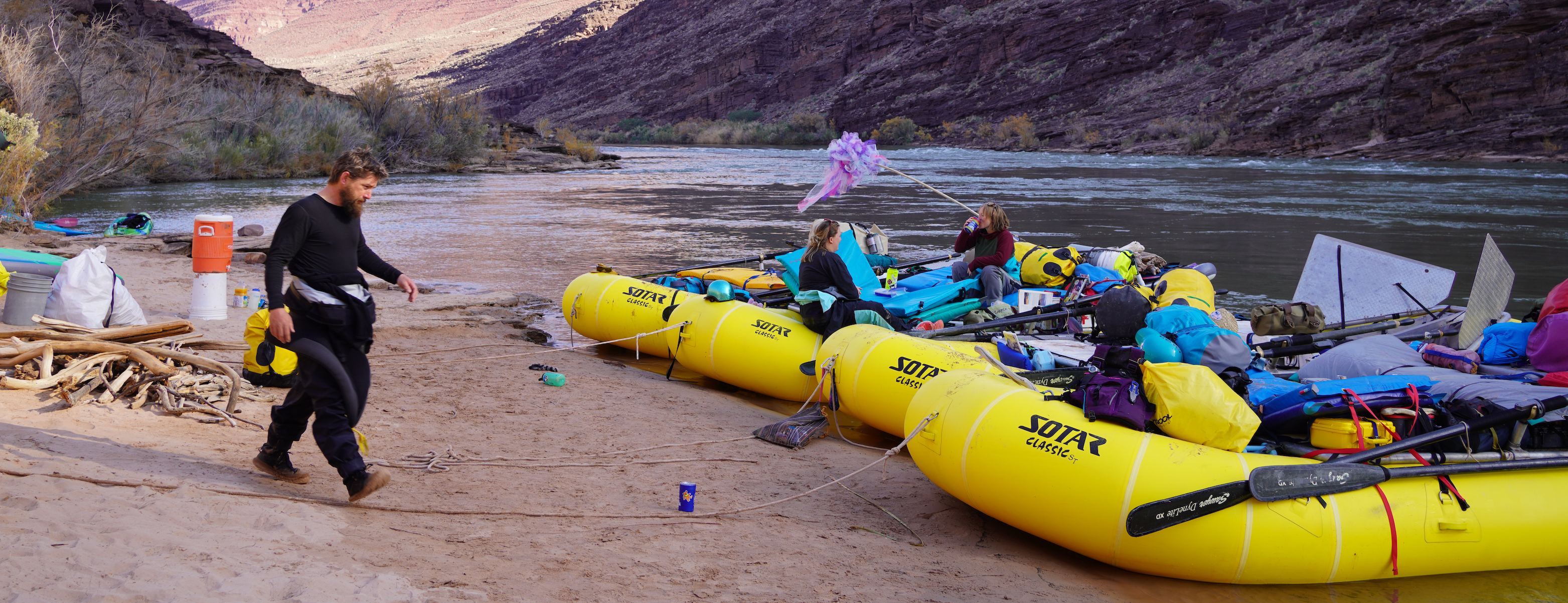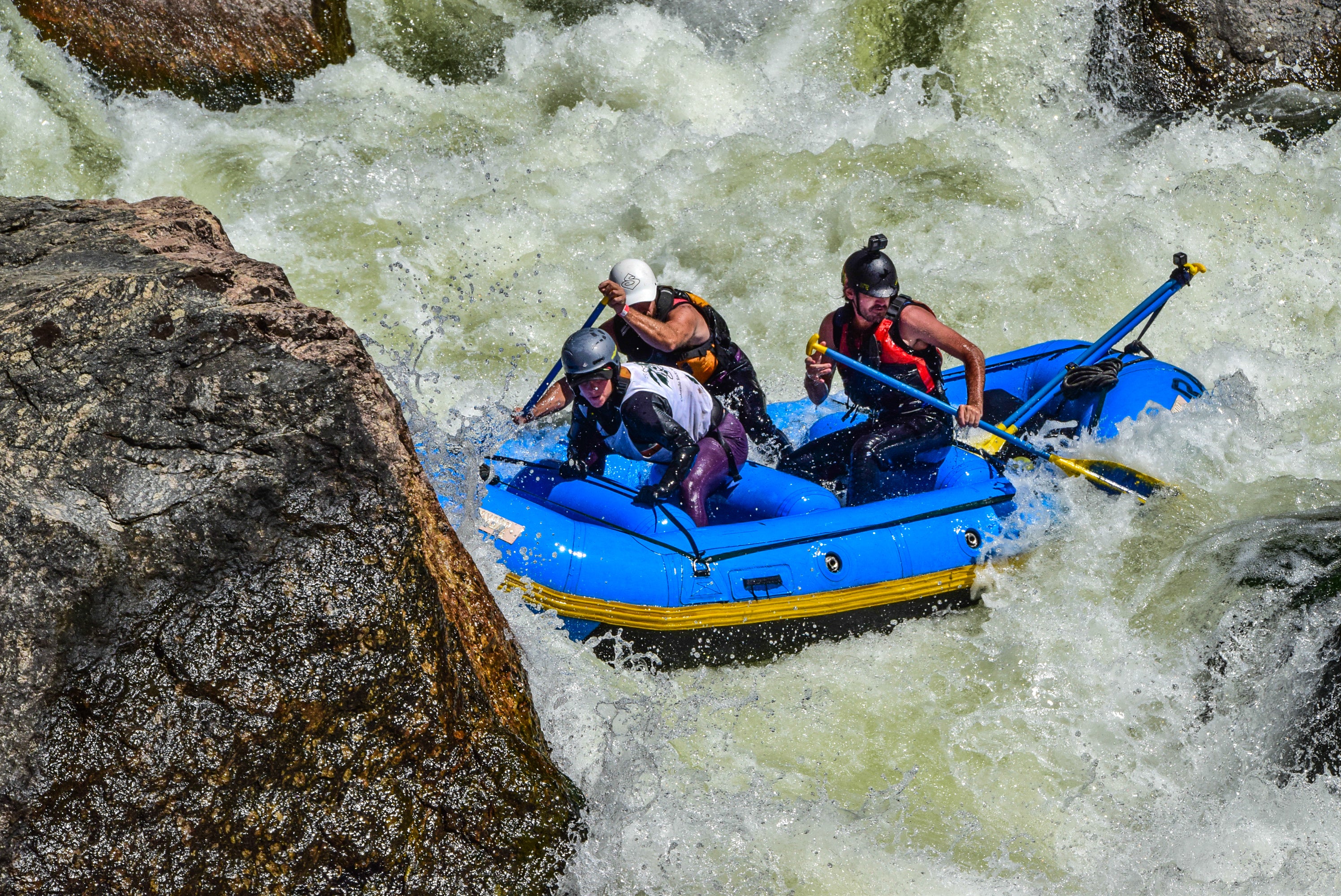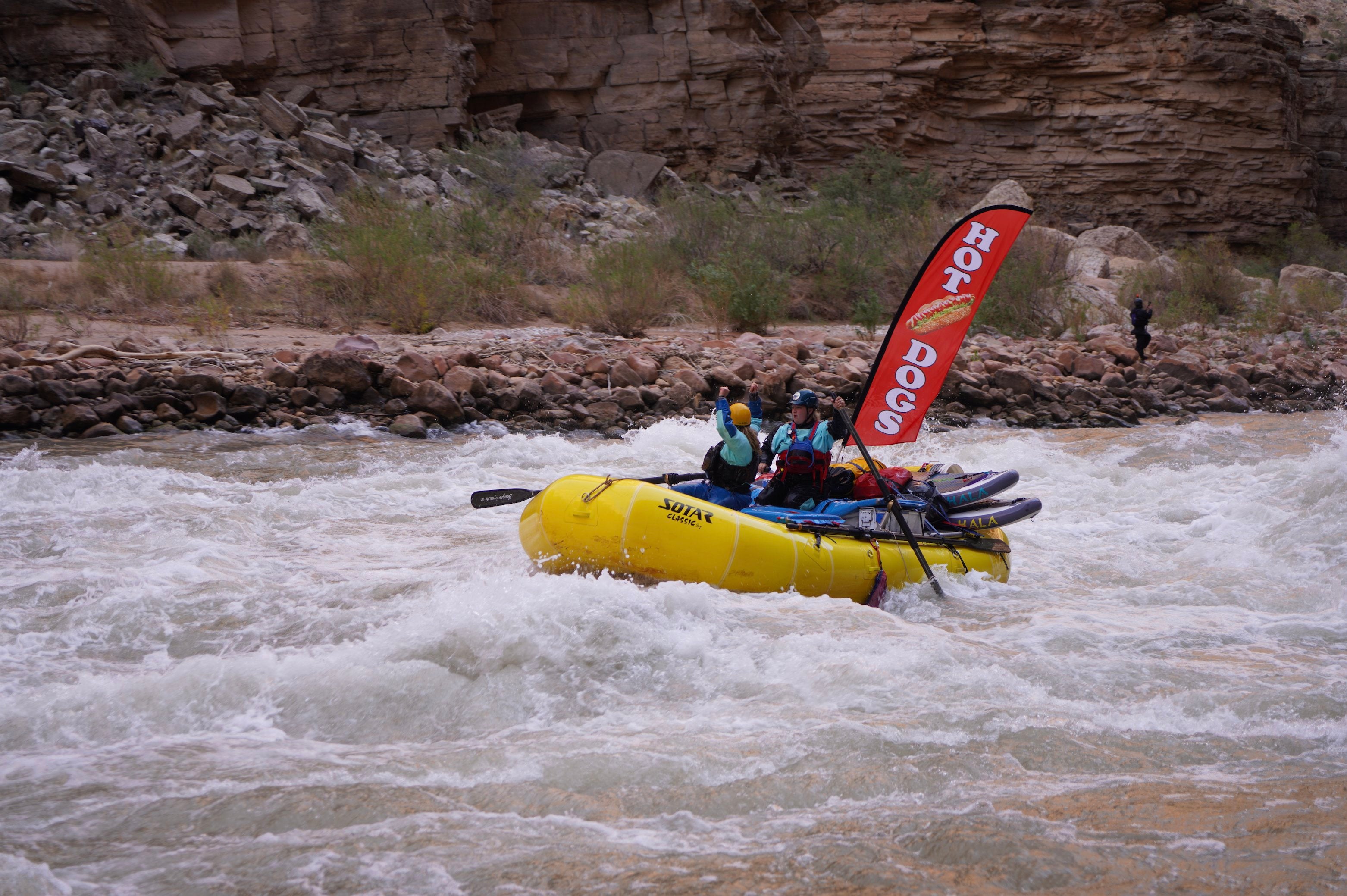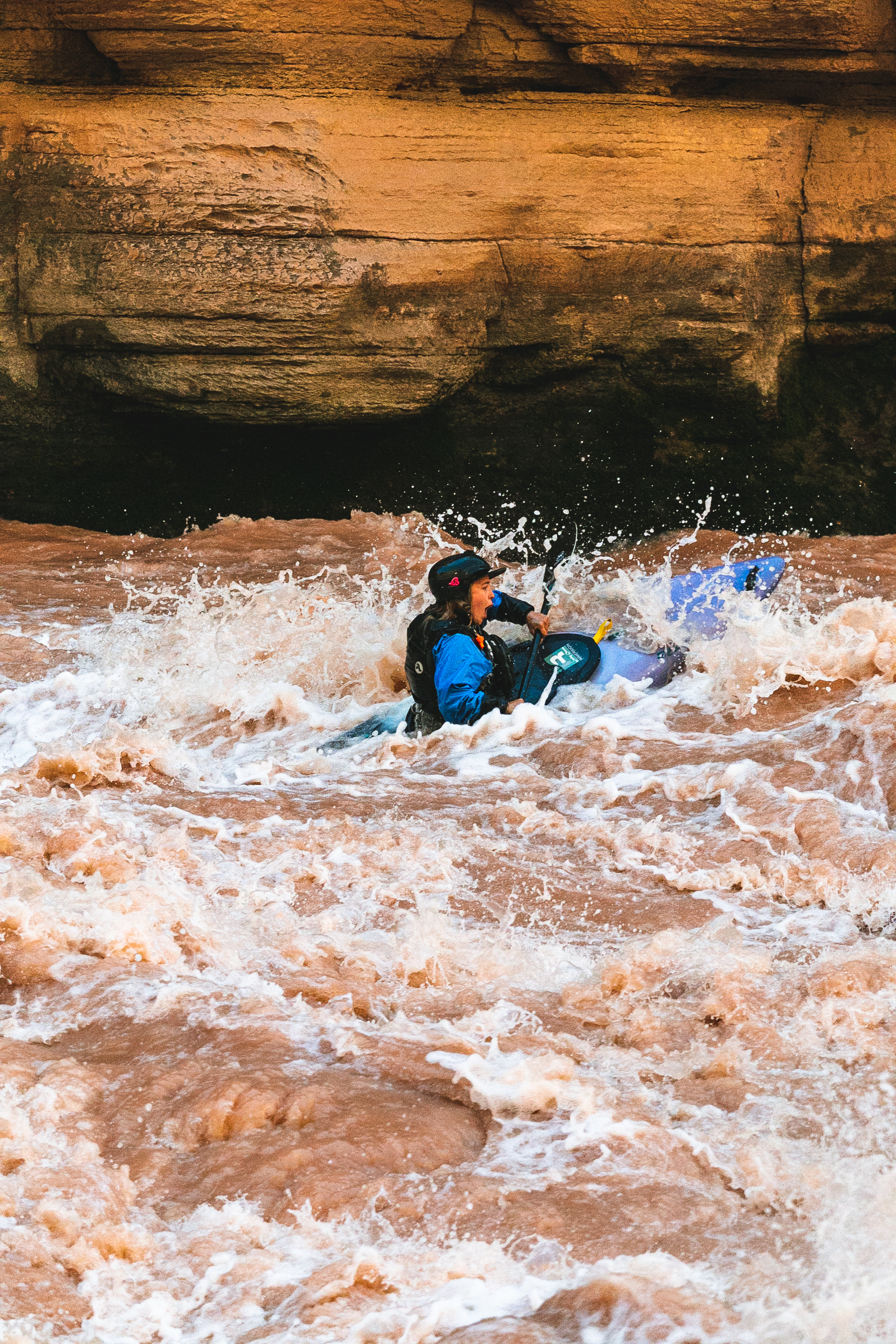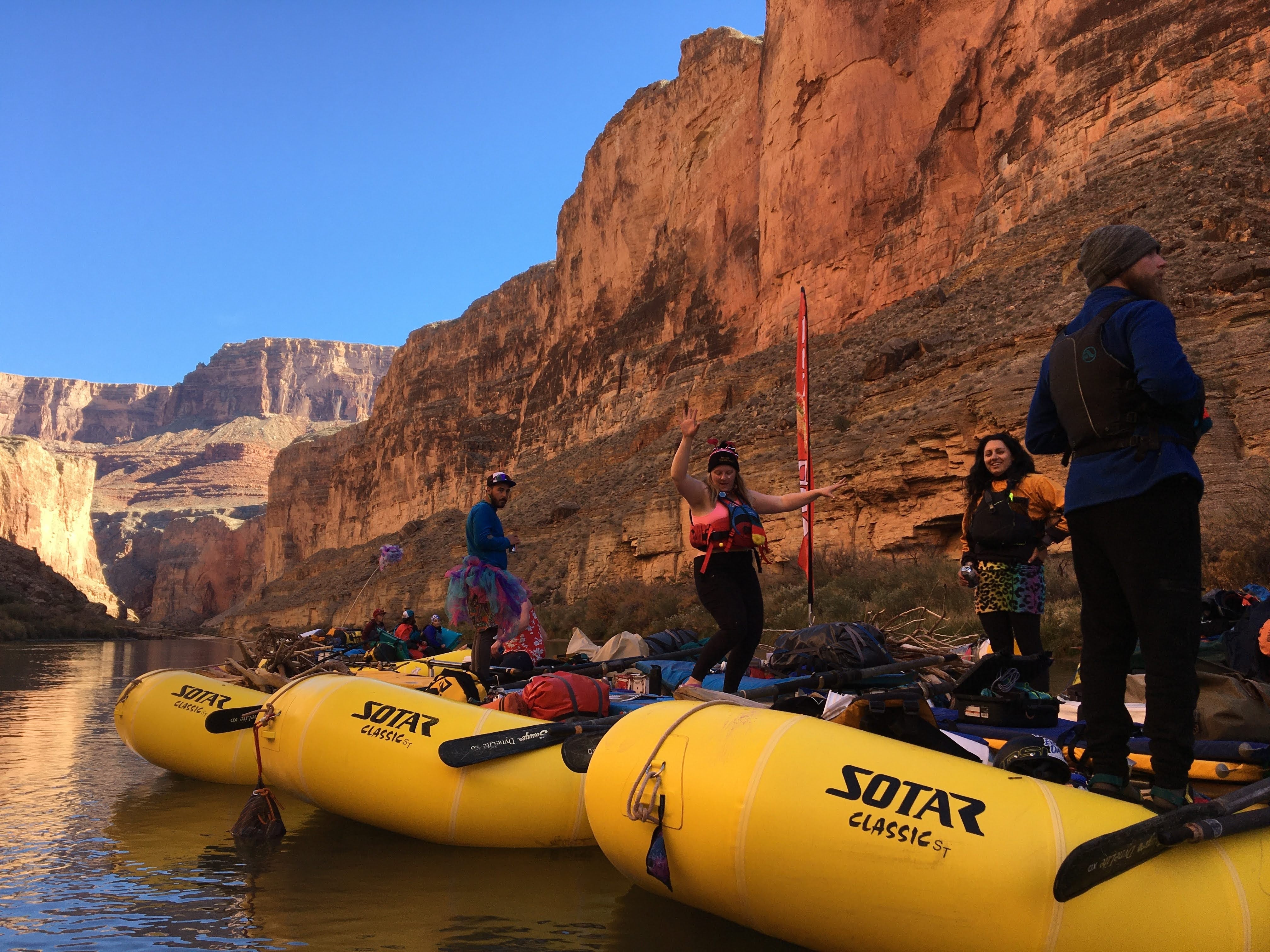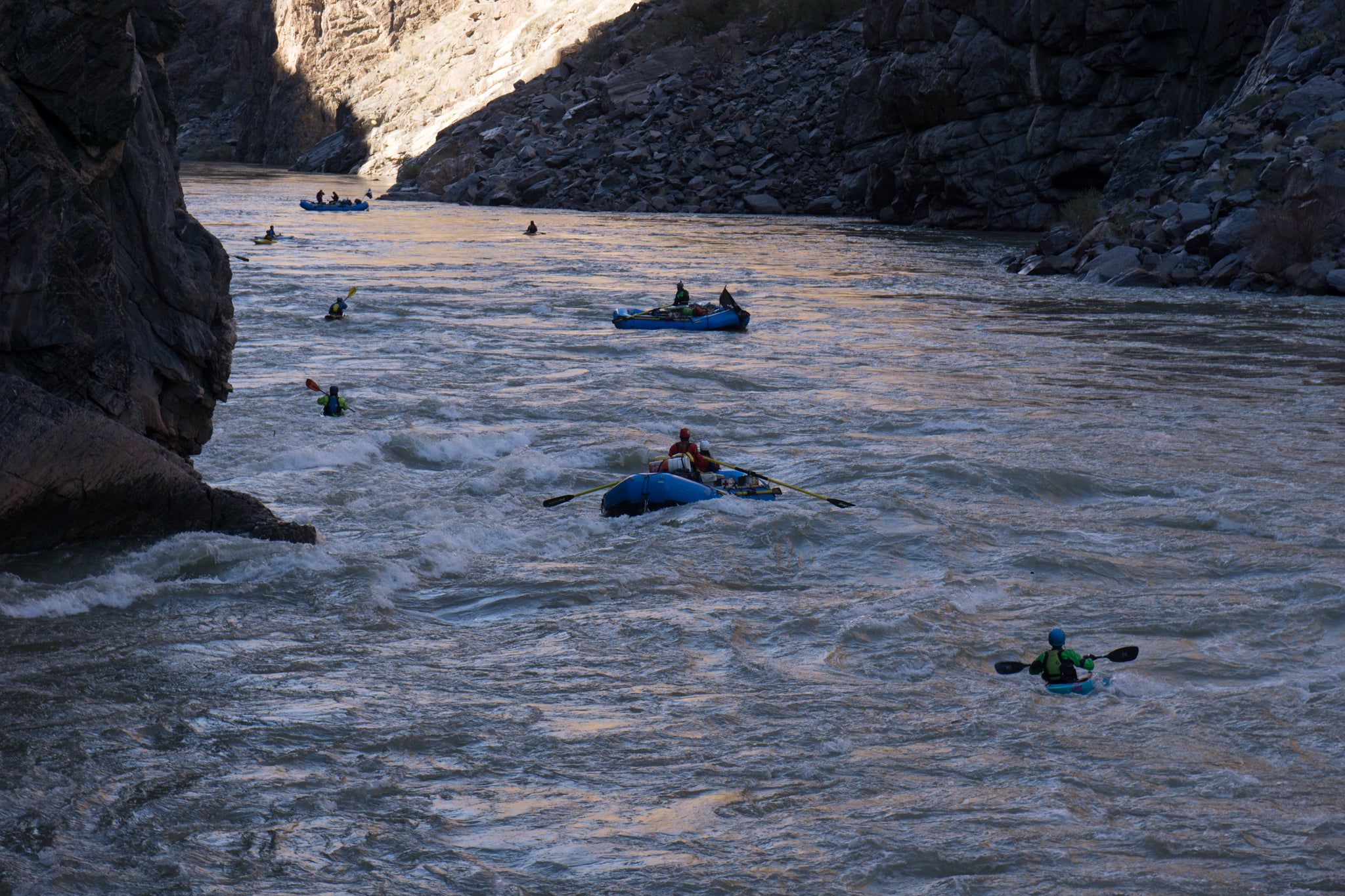It’s that time of year again where the weather is warming, the snow is melting, and we are finding our way back on the water again. As we begin to transition from to watersports and ever-changing and uncertain spring weather conditions, we've created the Ultimate Paddler's Guide for Layering Apparel.
Why You Need to Layer Up
A recent Outside Online article sheds light on what may be the most common factor of whitewater fatalities in the Rockies: cold water.
At the risk of getting too geeked out on the data or caught up in the morbidity of the subject, the takeaway is that cold water can kill. It is identified to be a major factor in at least 61% of fatalities in the Rockies.
Taking this factor into consideration and understanding that all environmental factors are fixed, what can we do to keep ourselves safe on our waterways?
Well according to this study, we must direct our methods “towards adequate equipment and preparations”.
This got us at CKS Online thinking that the most important piece of gear may not be your throw bag, wrap kit, repair supplies, or cooler full of beer (or sparkling water), instead it could be your chosen clothing for that day's adventure.
Here are some tips and considerations for deciding what to wear when you venture out.
Factors that determine what to wear:
- Water Temperature
- Weather
- Activity/Activity Level
- Every “body” is different
Water Temperature
Water temperature is the first and most significant factor to consider when choosing how to dress for the day.
The reason is that water will conduct heat away from the body 25 times faster than air, making it 25 times more of a factor. Coldwater, according to the aforementioned studies, is anything sub 70 degrees Fahrenheit.
For us in Colorado, this means nearly ALL bodies of water are classified as cold. Water temperature will establish your “baseline” clothing for the day. Any other factors (e.g. weather, activity/activity level) will allow you to add or subtract thermal wear to regulate your temperature and deviate from your baseline.
For example, water temperature is quite cold at 55 degrees, so I consider wearing splash gear and some insulation as a baseline. However, the weather is warm at 80 degrees and the activity has little chance of swimming or getting extremely wet, so I subtract some gear from my original baseline and just go with some splash gear.
Here's another example: the water is a little warmer at 75 degrees so boardshorts and a rashguard should be fine. However, I plan to SUP on a section of river that puts me in the drink quite often and I end up being in the river just as much as I am on my board. The day is relatively warm (also 75 degrees), but partly cloudy. Now I will add some neoprene, perhaps a top, to help regulate my body temperature when I'm in the water or the sun is behind the clouds.
Weather
I would consider weather to be the second most important factor when considering how to layer up.
Spring weather anywhere can be unpredictable, but add in some Rocky Mountains and it gets downright bipolar.
The most common mistake made when choosing your clothing options is assuming that the weather when you leave your house or even at the put-in will be the same throughout your excursion.
As a full-time whitewater guide for over a decade, I can’t tell you how many times this rang true on afternoon river trips. Summer afternoons in the Rockies are known to bring bouts of rain, clouds, and cooler temps.
Yet, every day I would see guides talking guests out of extra layers they might need because that exact moment was warm and sunny. We could see clouds and rain developing in the direction we were moving!
Moral of the story: definitely plan for the weather you have and is in the forecast, but be prepared to pull an extra fleece or splash top out of the dry bag if necessary.
Activity / Activity Level
All water activities are not created equal, and thus your clothing choices should reflect that. Point being: the more likely you are to get wet and stay wet, the warmer your clothing options should be.
Rowing a raft in class I water is a completely different activity than surfing on a high volume river wave. The water temperature may be exactly the same in both of these instances, but the activity makes all the difference.
As a member of the US Men's Raft Team, I will wear vastly different clothing for a scouting/training run vs an actual race. In a scouting run, the level of activity is lower and the time on the water is longer, whereas a race scenario is quite the opposite requiring clothing choices that I won't overheat in.
Every “Body” is Different
Probably the least discussed factor when deciding what to wear. Nevertheless, one to take into consideration is individuality.
Everyone is not created equal; we all have varying levels of body fat and cold tolerance.
Simply because someone else has decided to wear board shorts and “skin to win” under their PFD does not mean you should as well. We must all make our own decisions on what is best for ourselves using the factors mentioned above because ultimately, we each have to deal with the consequences of our clothing choices.
Types of Layers
Now that we have determined factors that will drive our decision making on what to wear, let's discuss what our clothing options are and how to utilize them.
Wetsuit
An age-old cold water staple, wetsuits are designed to trap and warm the water next to our skin using our own body heat and thick neoprene material. Typically neoprene is measured in millimeter thickness – the thicker the millimeter, the warmer the suit.
New wetsuit technologies, like NRS's Hydroskin line, have incorporated heat-reflecting titanium and plush fleece-like linings to improve the efficacy of the neoprene while cutting back on the overall thickness. For more information on why CKS Online thinks Hydroskin is the best wetsuit option.
Wetsuits are best used when you will be coming in contact with the water a considerable amount. When out of the water wetsuits will be less effective and more susceptible to impact from the wind and weather.
 |
NRS Men's Radiant Wetsuit |
Splash Gear
Dry gear’s cheaper and less effective sibling. I kid, but not really. Splash gear can have a place in just about anyone’s bag and includes but is not limited to: splash tops, splash pants, rain jackets, rain pants, rain poncho, semi-dry or water-resistant layers.
Most of these pieces of clothing will have cinch points around your neck, wrists, ankles, or waists, to keep water at bay, but will not completely keep water from eventually infiltrating.
Splash layers are best for activities where one may get wet but ideally will not be submerged in water. They keep some water off and most splash gear helps keep body heat in, especially when paired with good non-cotton layers. They will also come in handy when the weather changes and you need to pull an extra layer out of the dry bag.
 |
NRS Men's Rio Splash Jacket |
Dry Wear
Fancy fabrics like the Gore-Tex and other similar copycats keep water out while still allowing some level of “breathability.” These fancy fabrics are coupled with rubber gaskets that cinch tightly to your wrists, neck, and ankles to keep the water out.
 |
 |
Kokatat OM Dry Top |
Dry wear can come in tops, bottoms, or even full suits.
While this technology is one of the best ways to stay dry on the river, it is important to note that dry does not necessarily mean warm.
Just because you seal yourself up in a plastic bag does not mean you will be warm enough for the current water/weather conditions. Proper layering with non-cotton clothing under dry gear may still be necessary.
Also, drywear is the most expensive and maintenance-intensive gear in this list. Rubber gaskets must be replaced on occasion, and the fabric and zippers need special care in order to remain working and effective.
 |
Insulating Layers
These are an assortment of different base and mid-weight layers that you can use from different outdoor activities. They can be worn on their own or in conjunction with the aforementioned dry/splash gear.
Items that work well as insulating layers: “long johns”/base layers, synthetic fleece, that old athletic shirt you got from the Go Pro Games circa 2013, neoprene tops or bottoms, and of course, anything made of wool.
Neoprene layers under board shorts with a tech/water-resistant top are my go-to when SUPing local, low-flow runs
The biggest mistake (and really the only one) you can make when choosing your insulation for the river is to wear cotton. We often use the term “cotton kills” in river situations, which is part hyperbole and part prophetic truth.
Cotton not only gets wet and stays wet but also draws heat away from your body even faster than wearing nothing at all! Unless you are attempting to stay cool in the pool, the moment that T-shirt gets wet you begin to rapidly lose heat.
Point being, if you have the choice between sun’s out-guns out and your Nickleback 99’ tour shirt, I think you know exactly what to do... burn that shirt!
What are the Umbles?
In the worst case scenario that you have chosen your clothing poorly you may find yourself with a case of the “Umbles.” This term is a way to identify the early stages of mild hypothermia. They can come in a few different tell-tale signs:
- Stumbles: Your sea legs aren’t working so well.
- Fumbles: Good luck posting to your Instagram story.
- Mumbles: What’s that you say?
- Grumbles: You know how your girlfriend gets hangry without a mid-excursion snack?… well this is pretty much a cold-induced version of that.
If you or anyone on your trip begins to exhibit these symptoms, it's time to get them warm and dry. Pull out some layers, find some sun, or get to the take-out soon lest the “umbles” turn into a much more serious case of full-on hypothermia.
Whatever your cold water gear / layering needs are, CKS Online has got you covered and can help you find the right stuff for your next paddling adventure.
Parting thought: There are two types of people in the world – people who pee in wetsuits, and those who lie about it. Which one are you?
Jeremiah Williams is a member of the US Men's Raft Team. In addition, he is Hala Gear's Colorado tech rep, and in his spare time guides for Lakota and coaches the VMS telemark team. He is Marc Ornstein's biggest fan.
Originally posted April 20, 2020.


